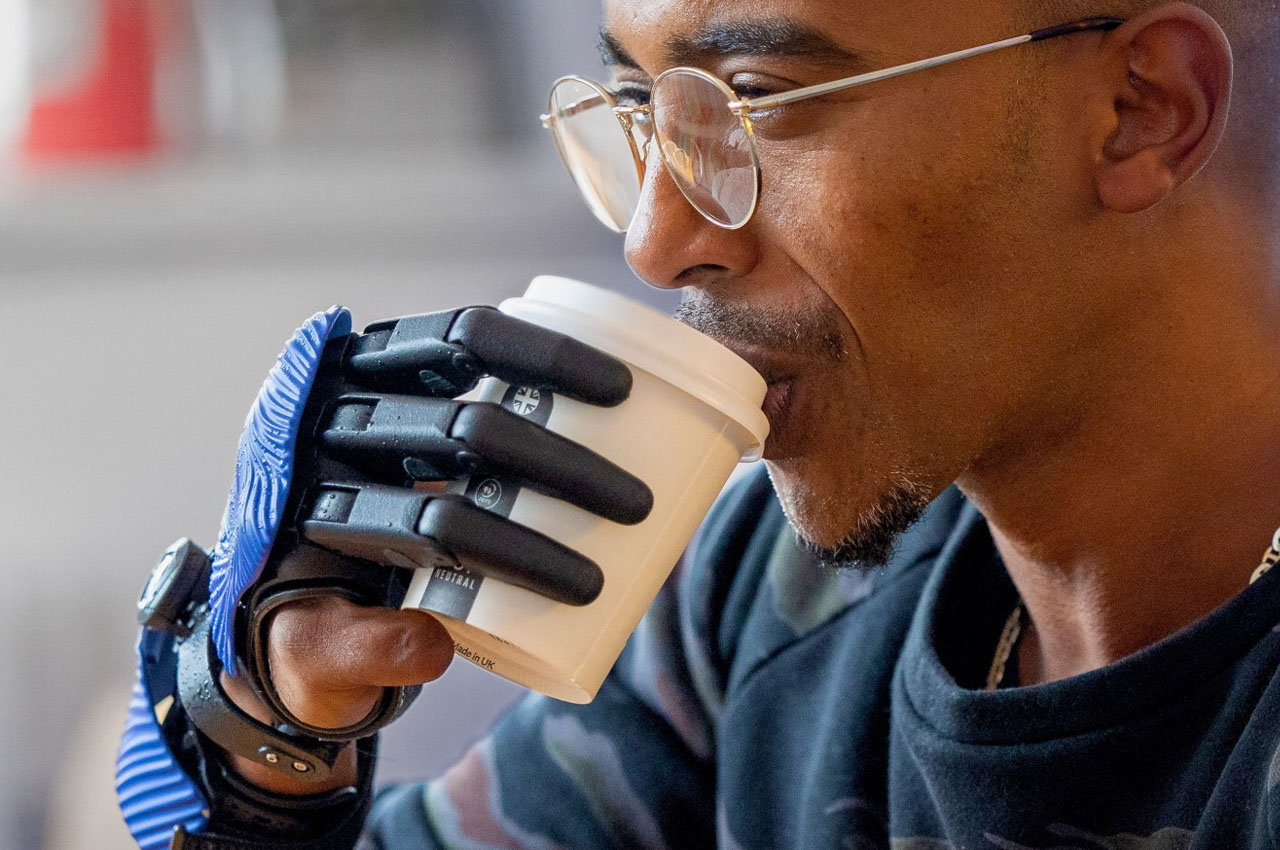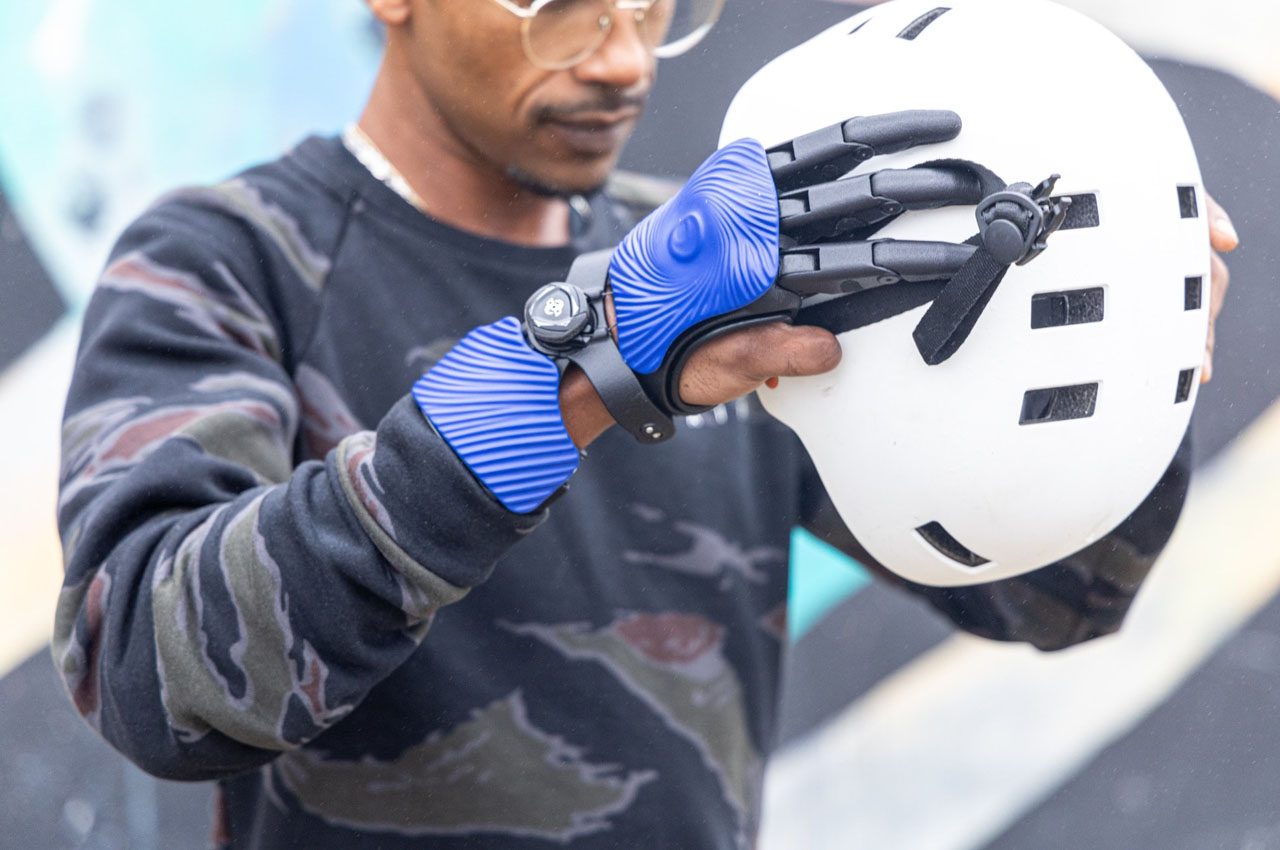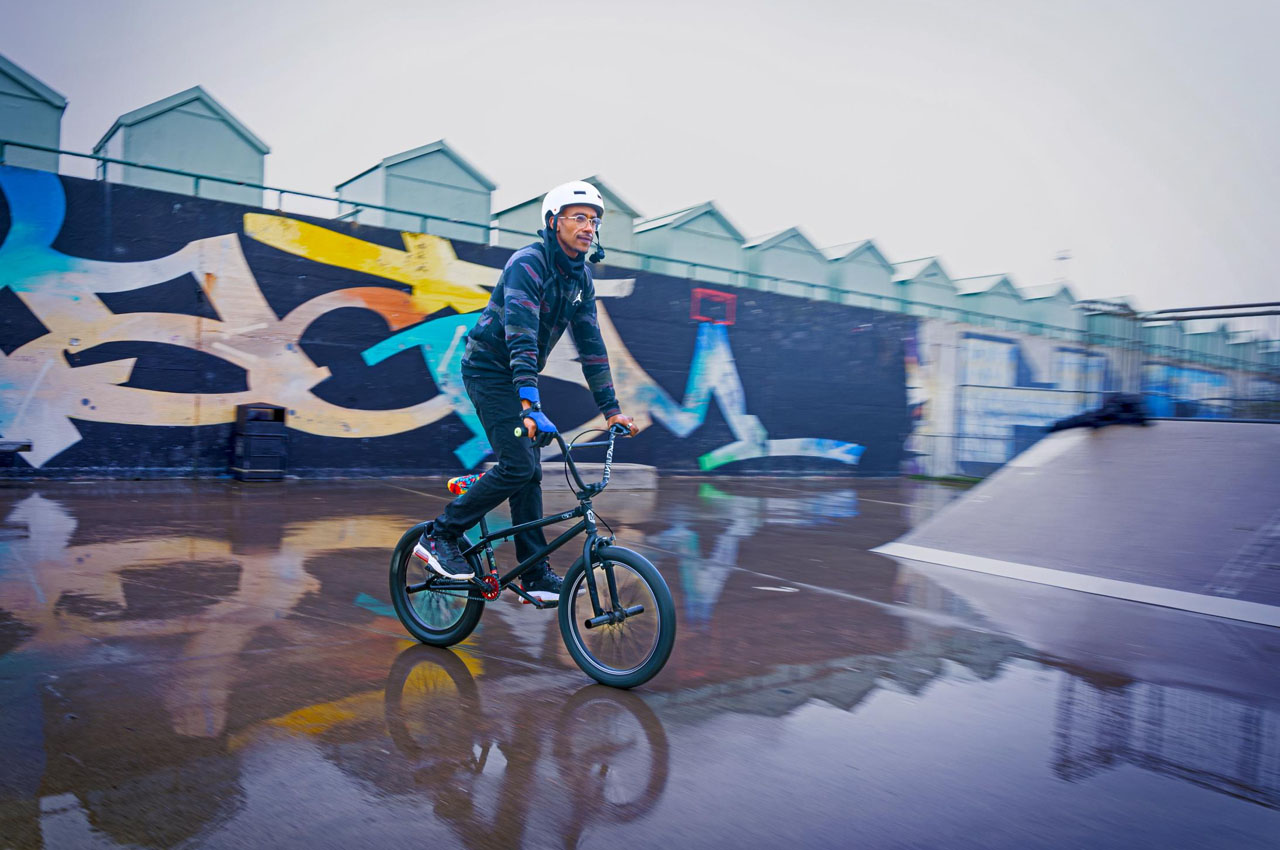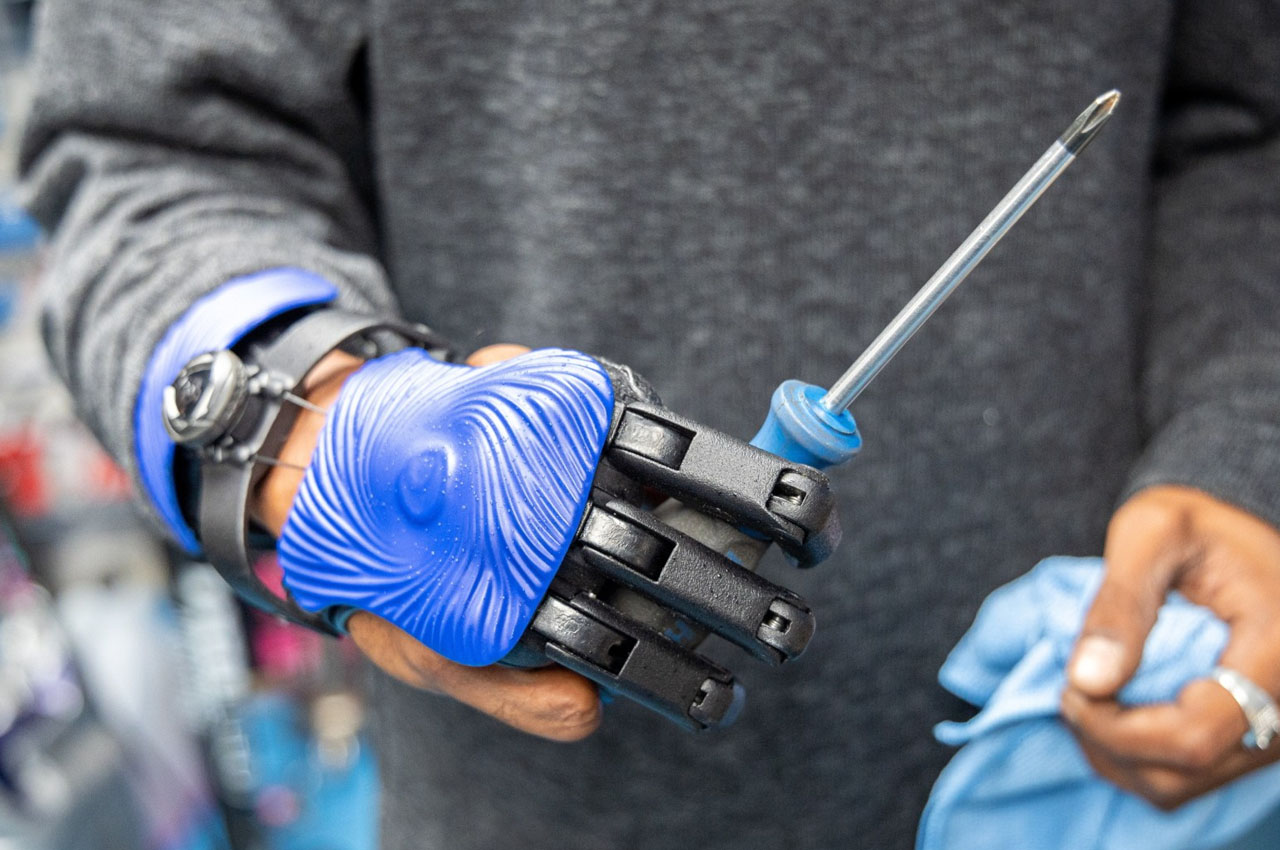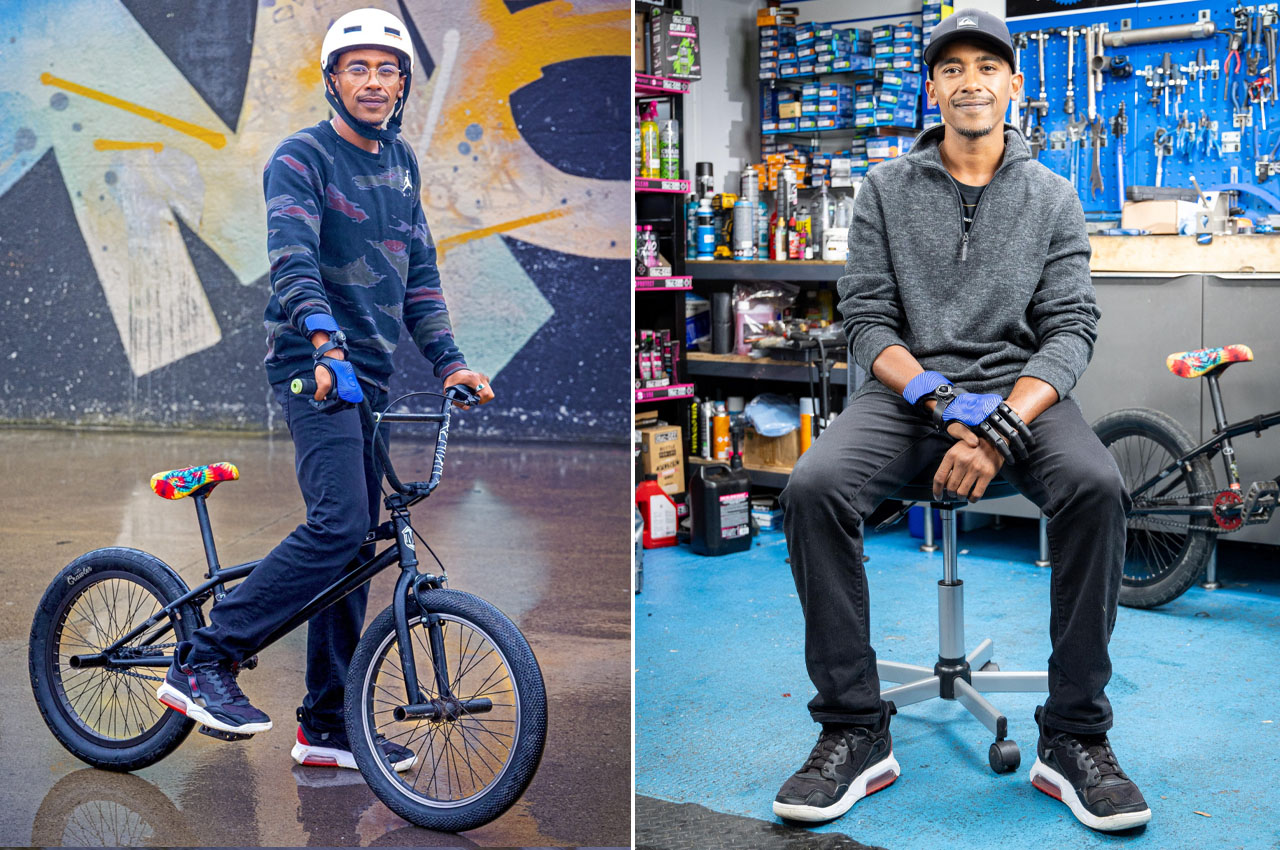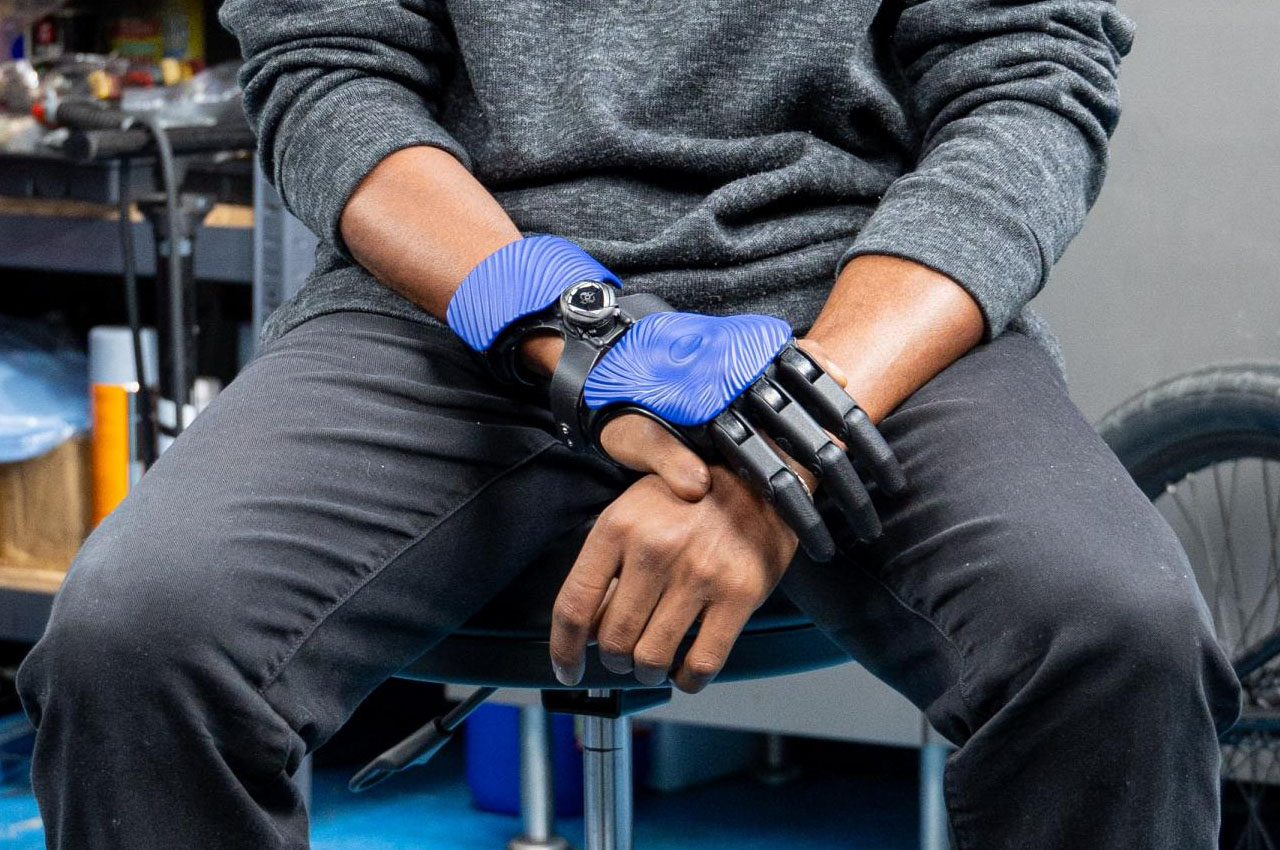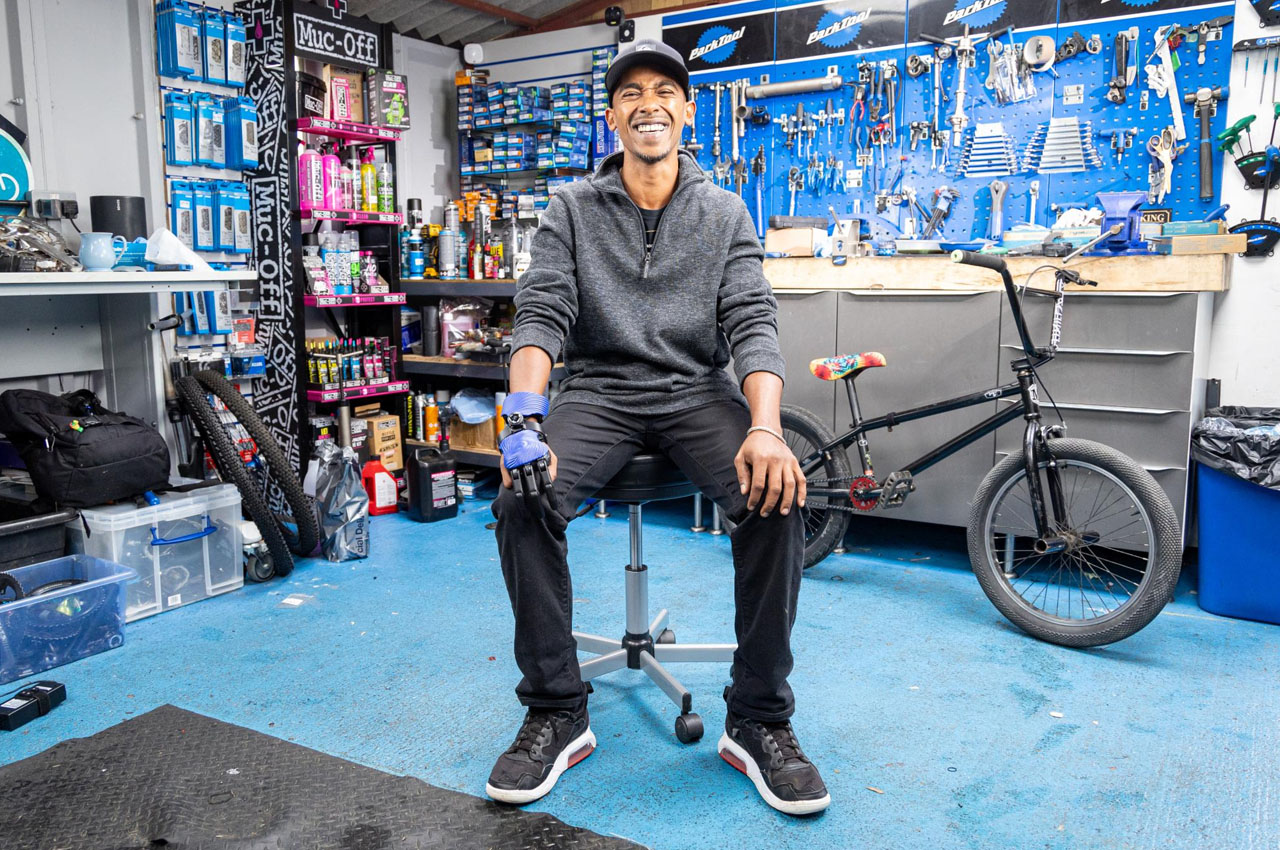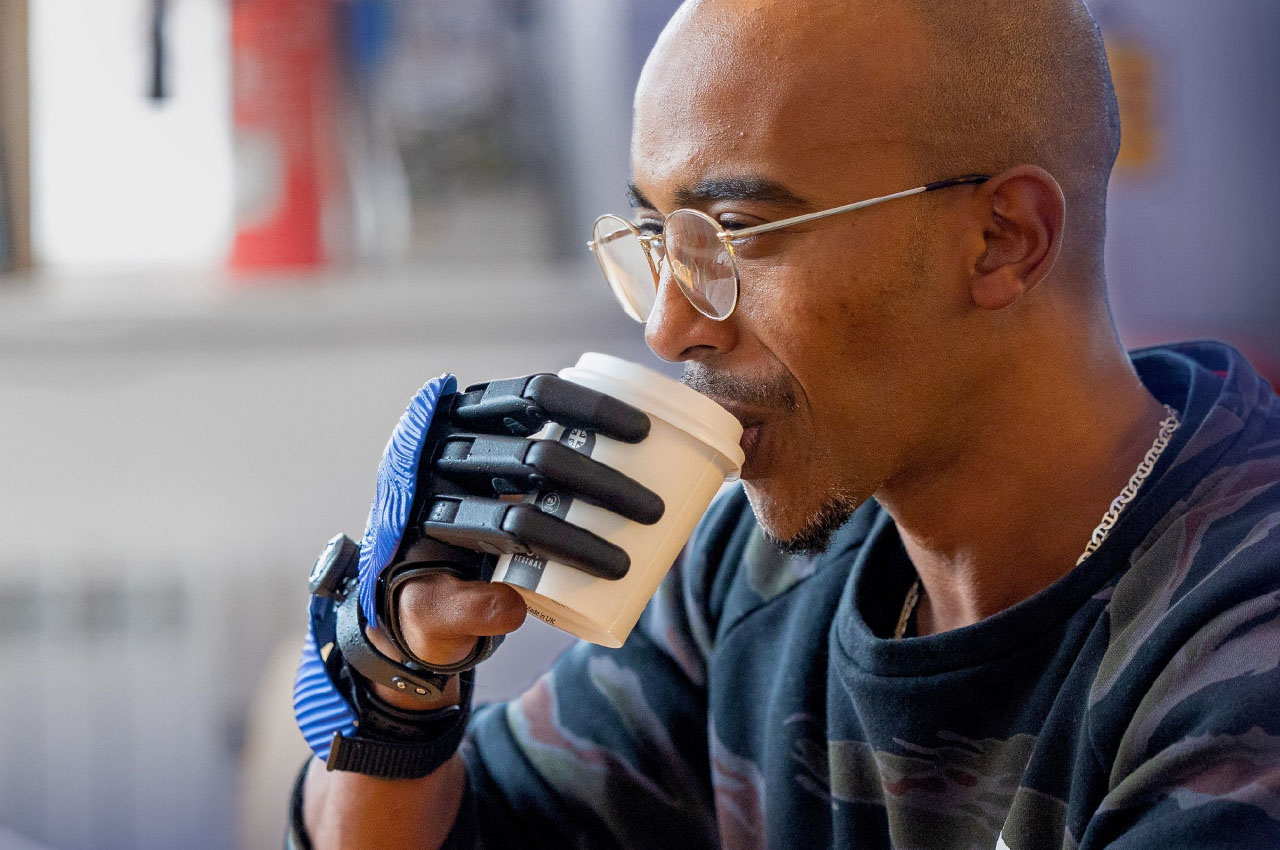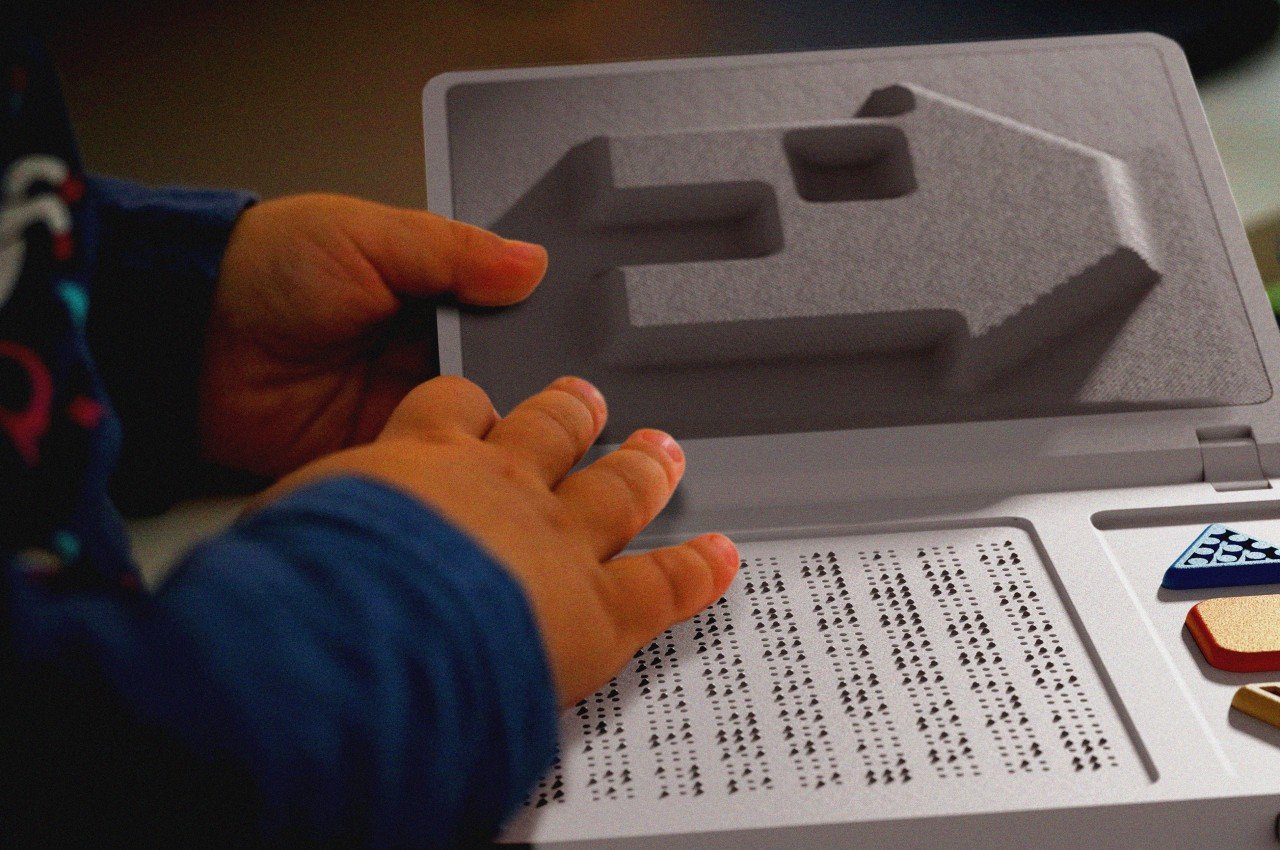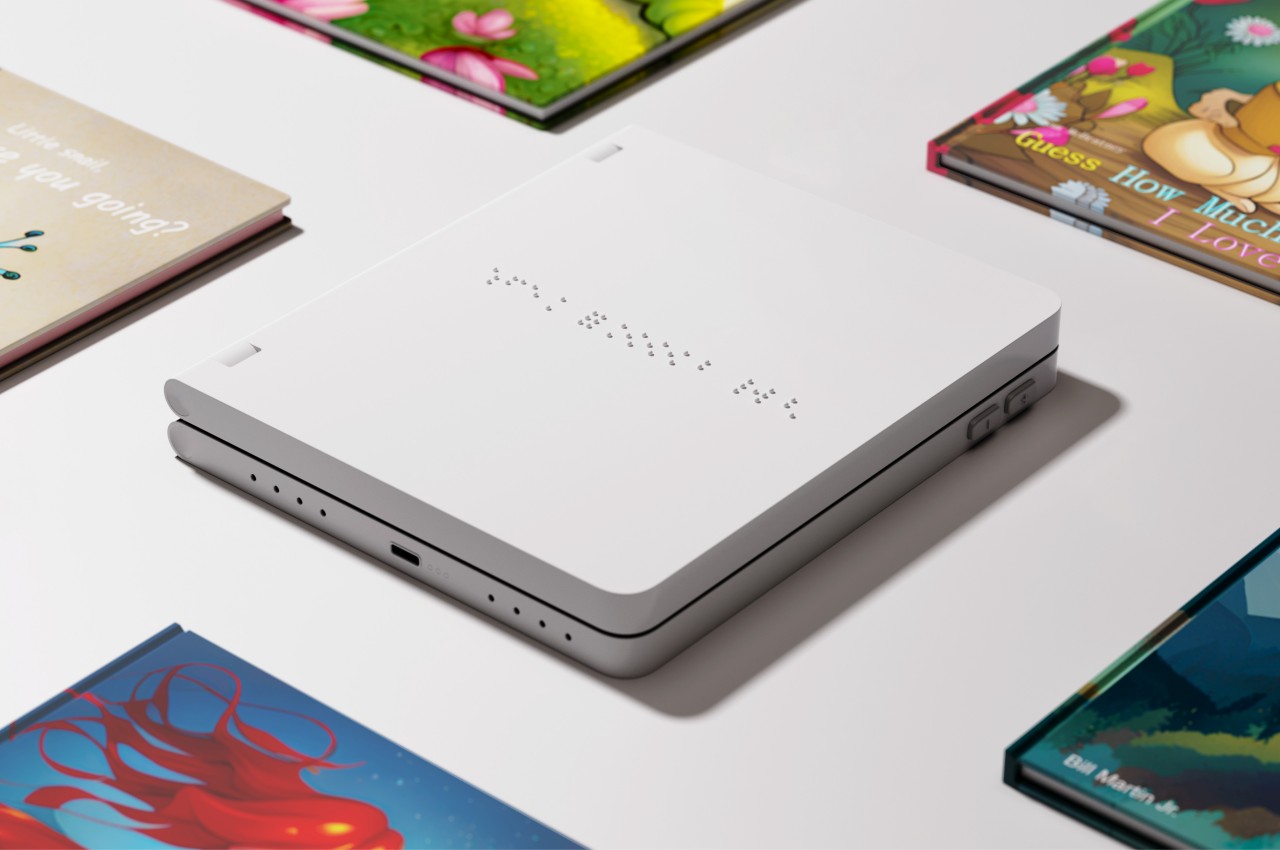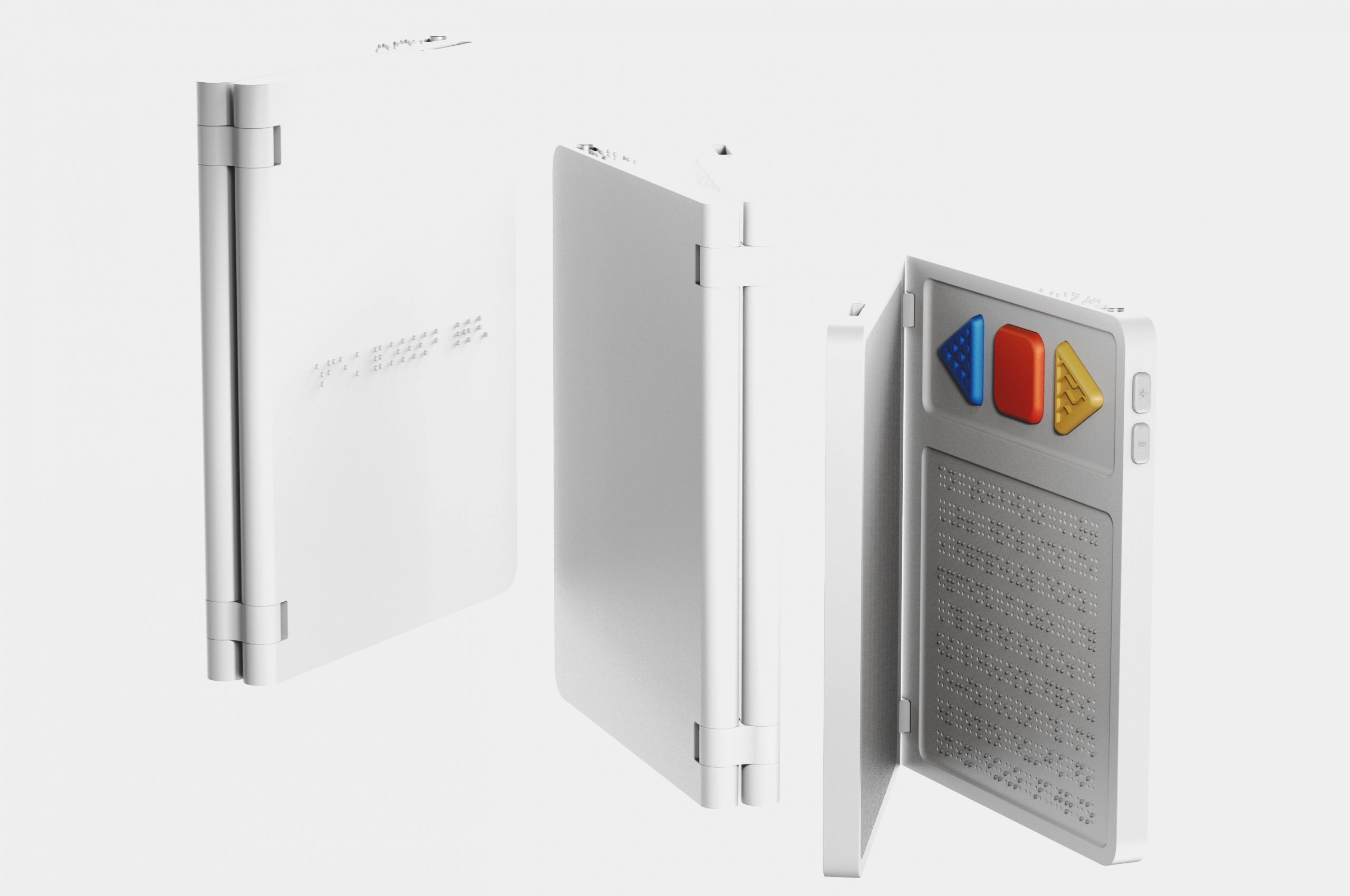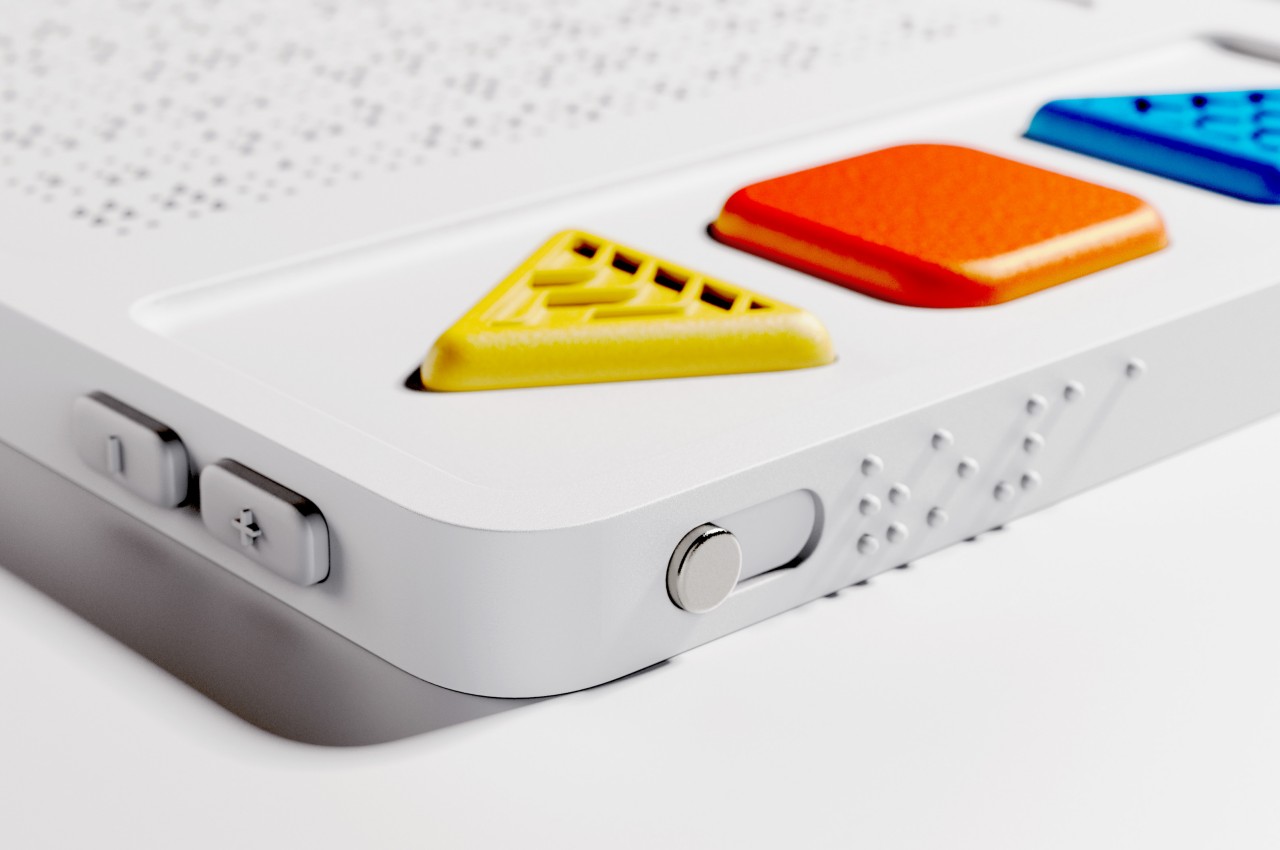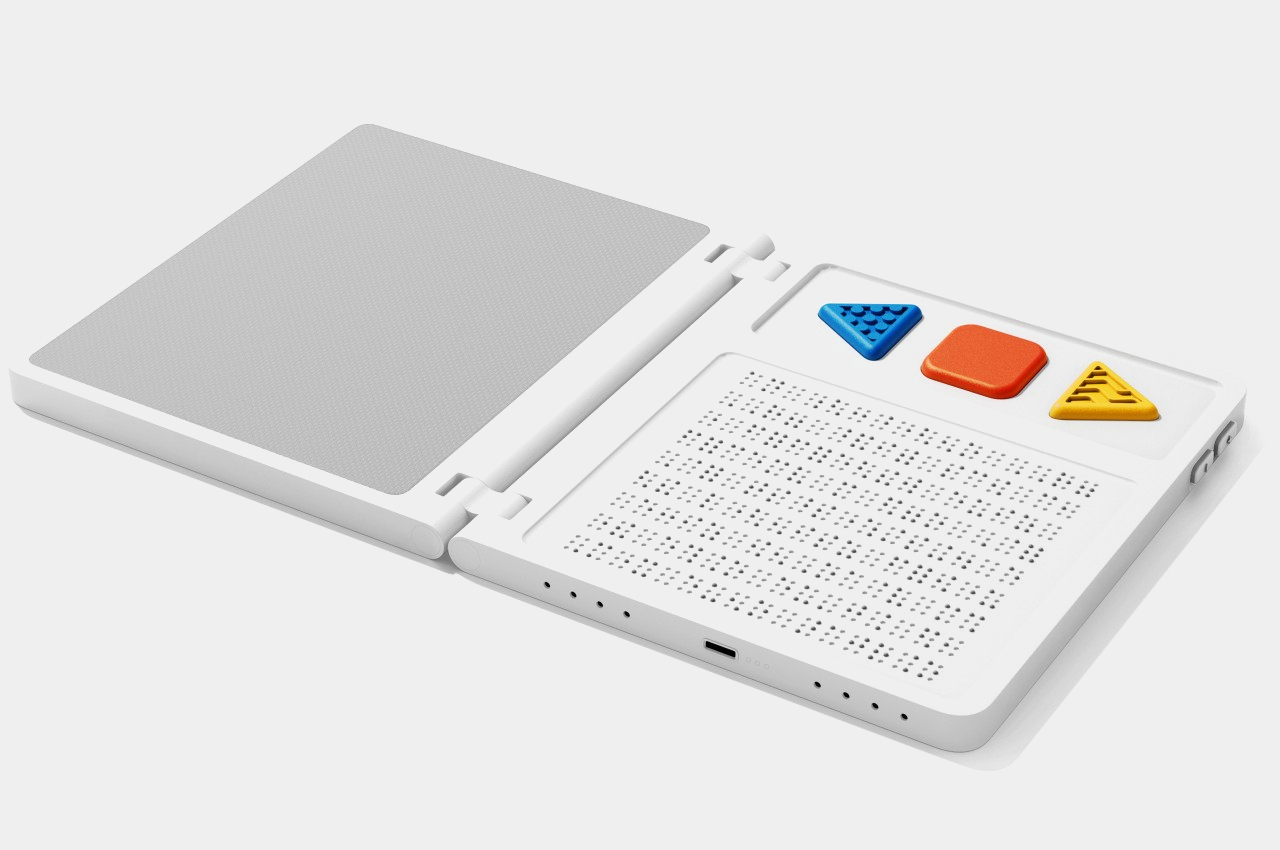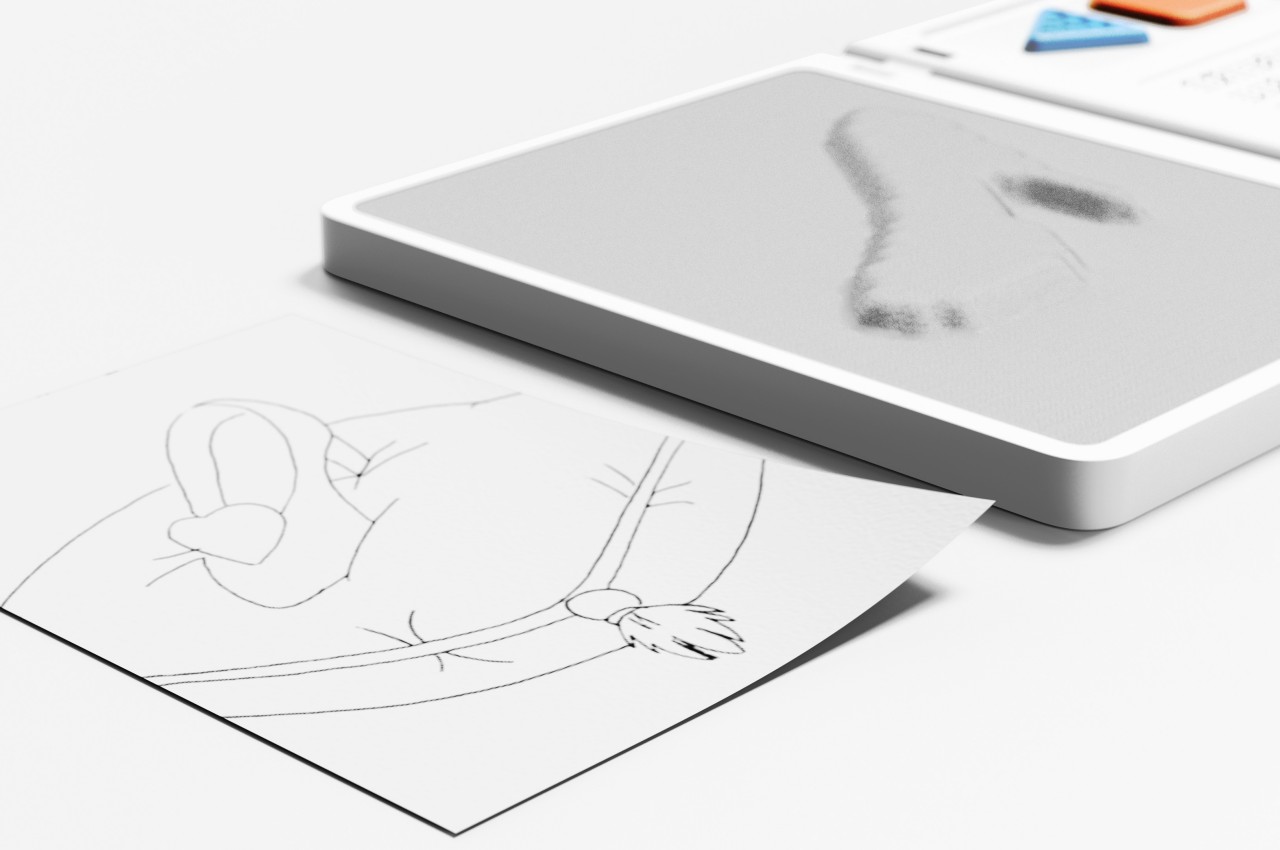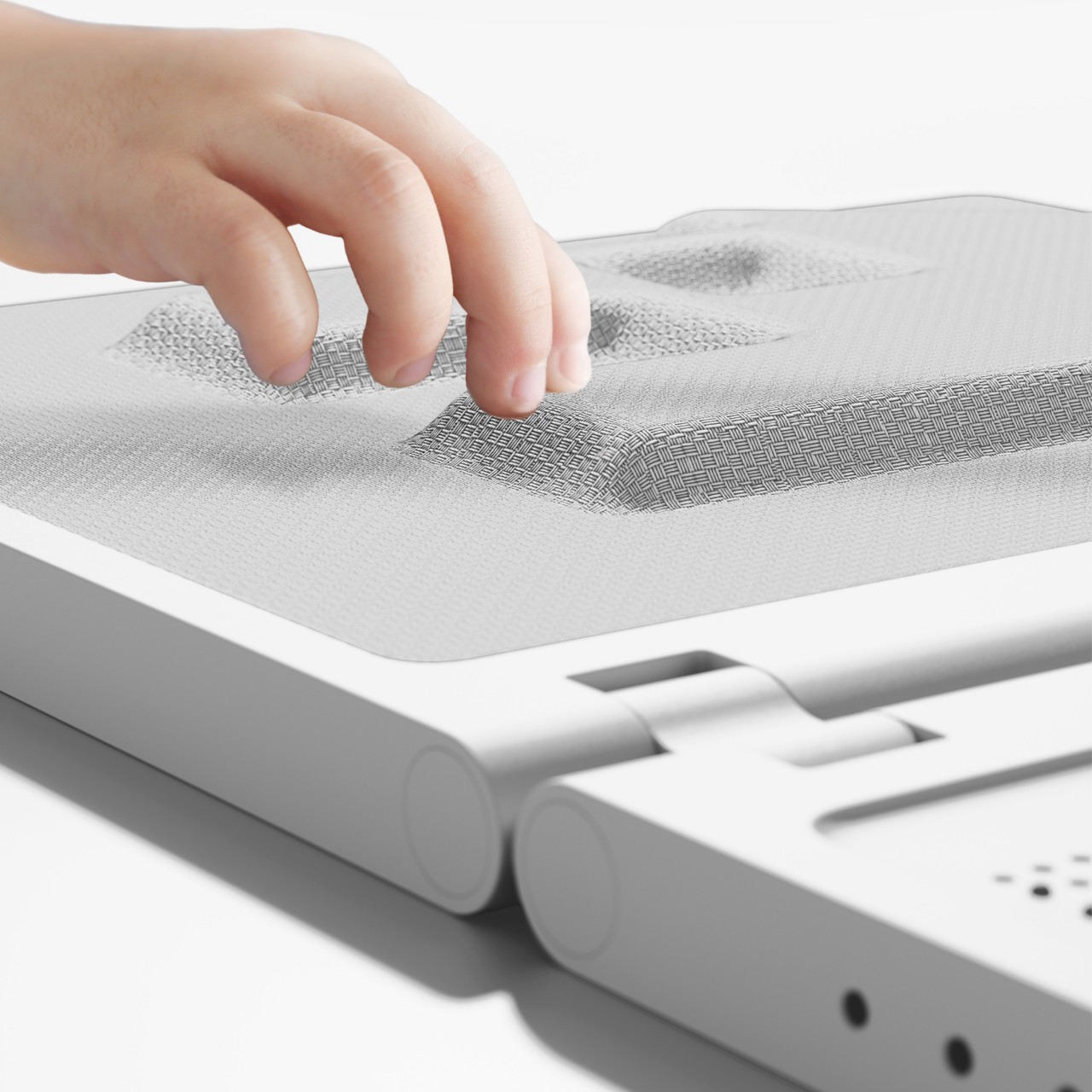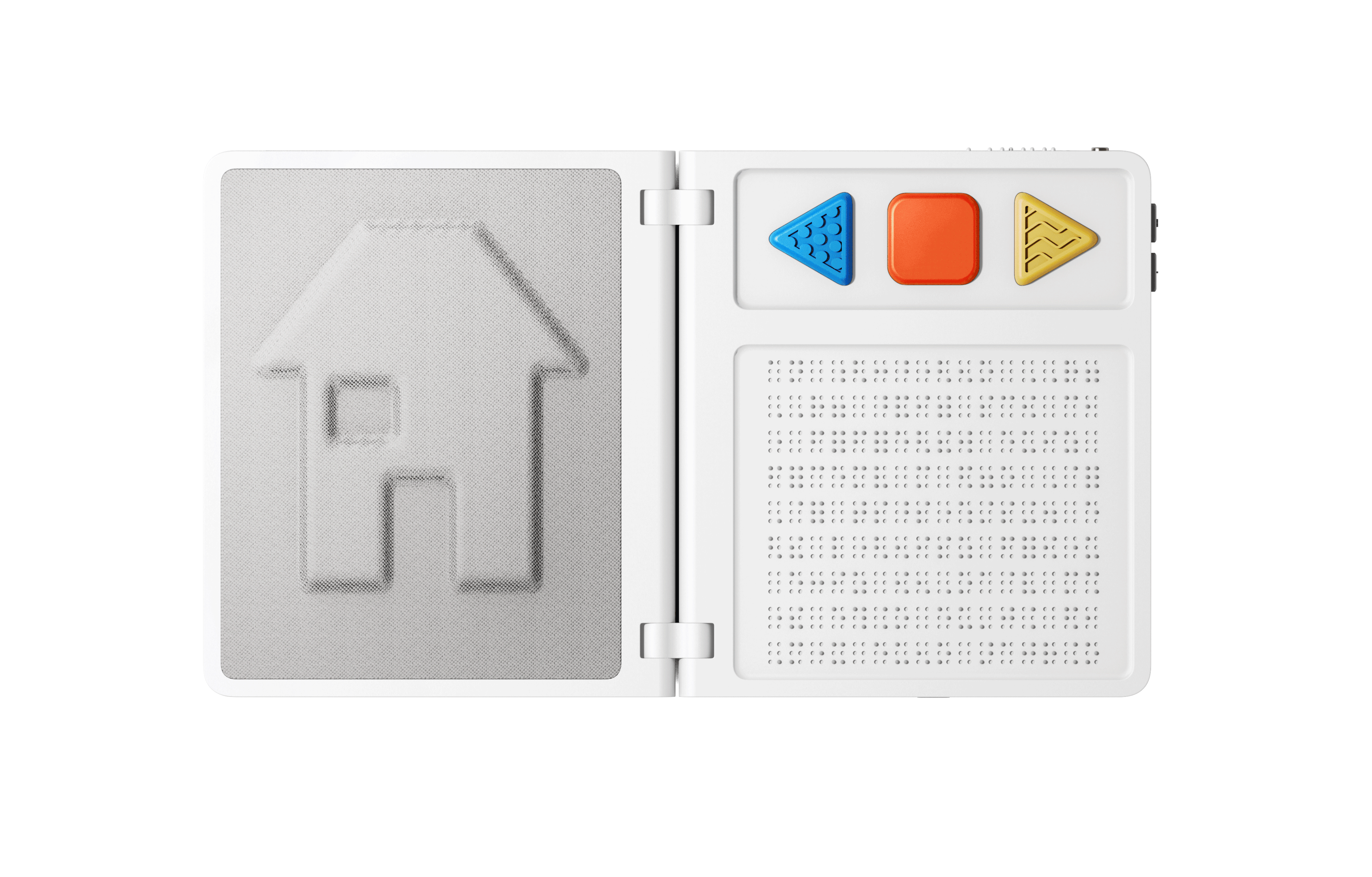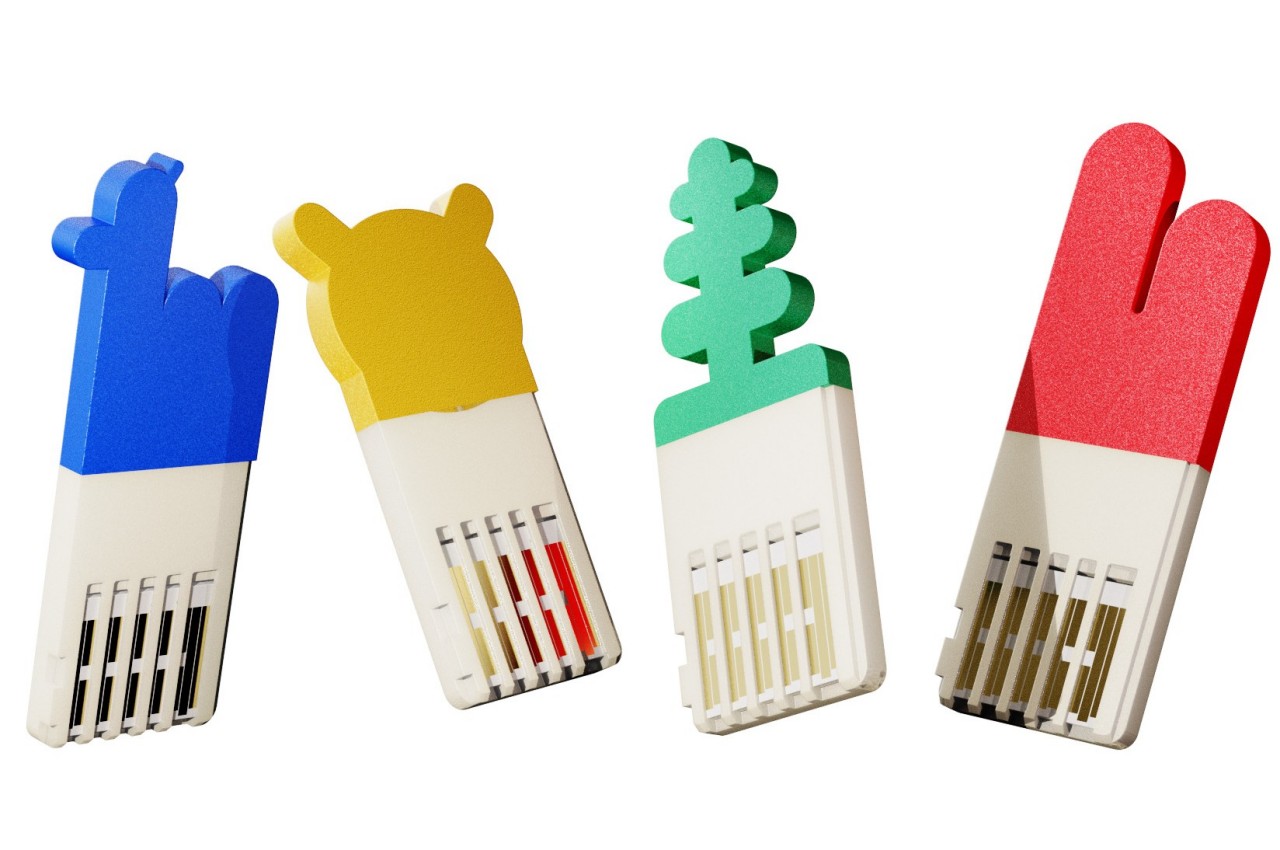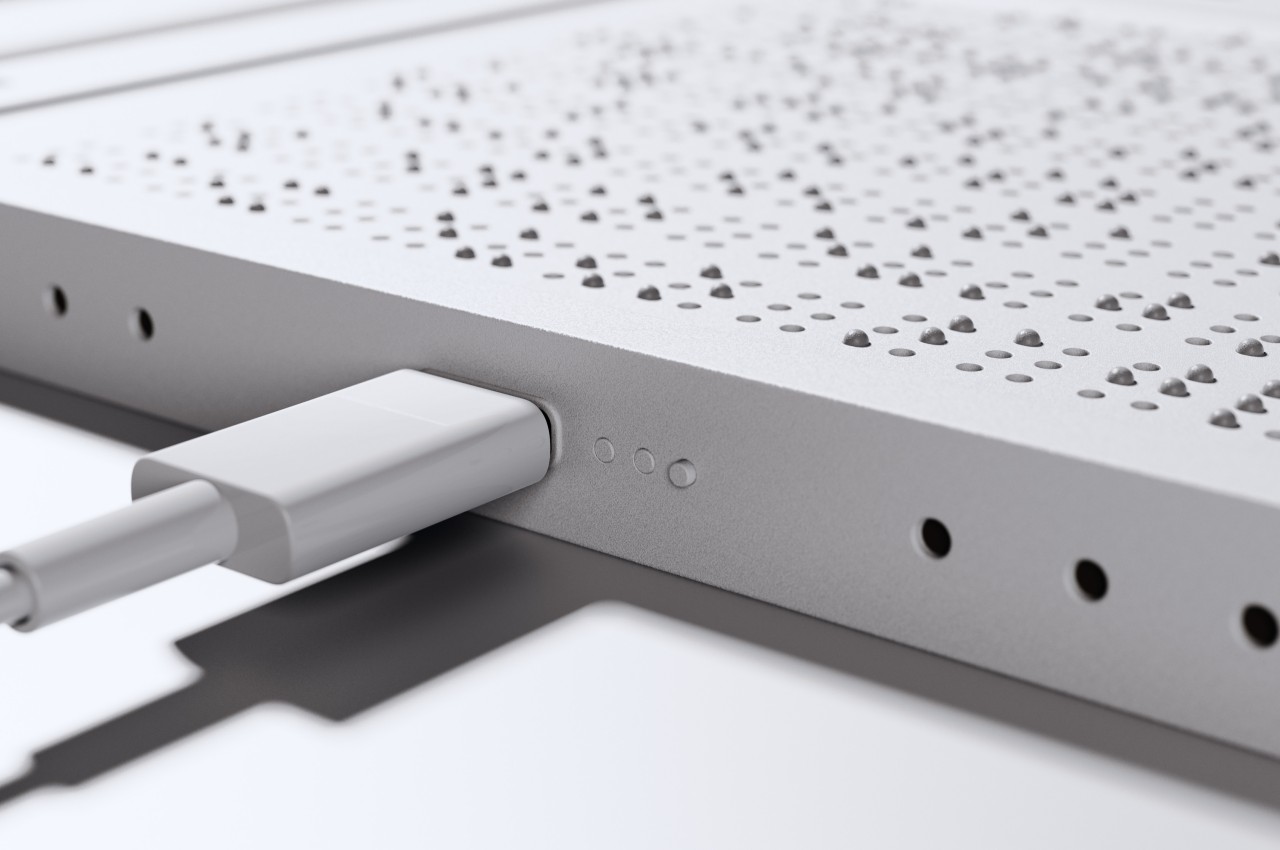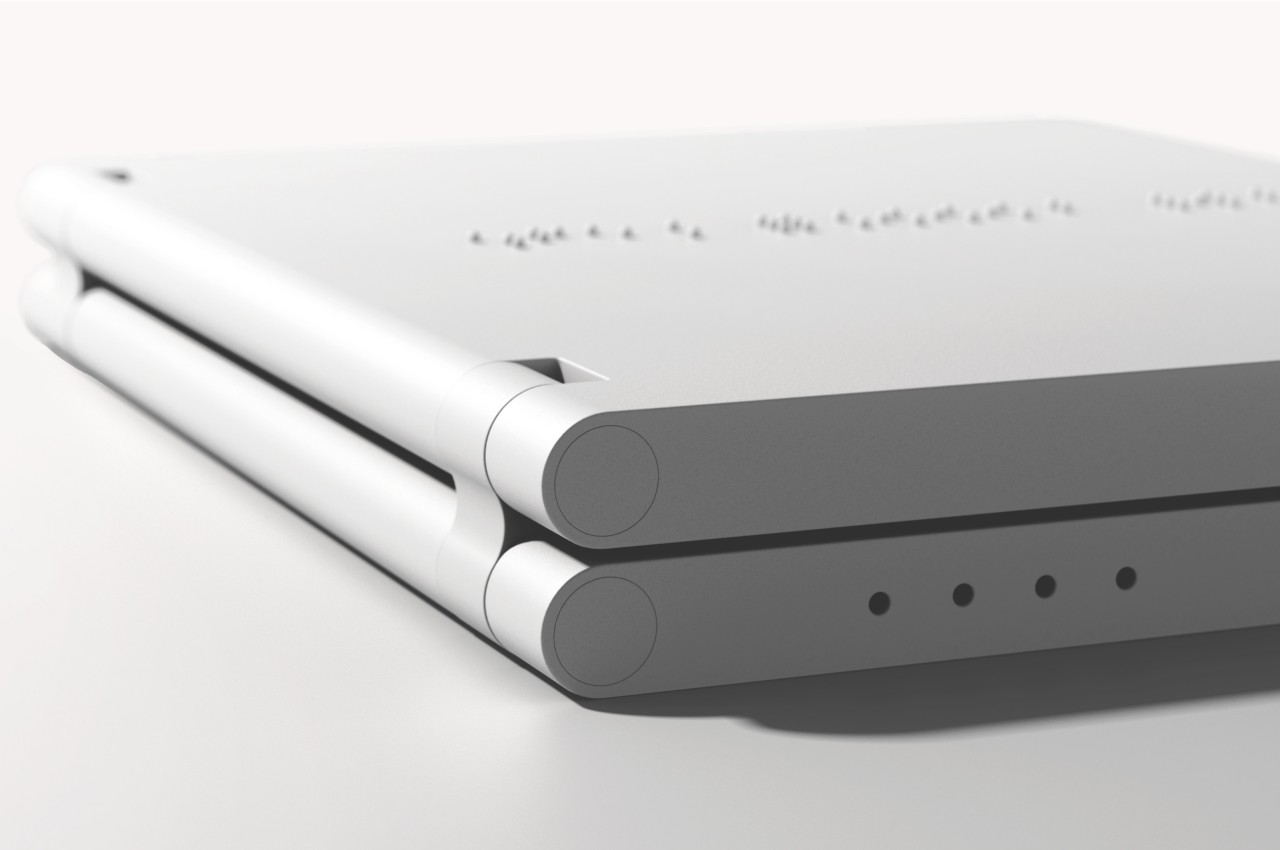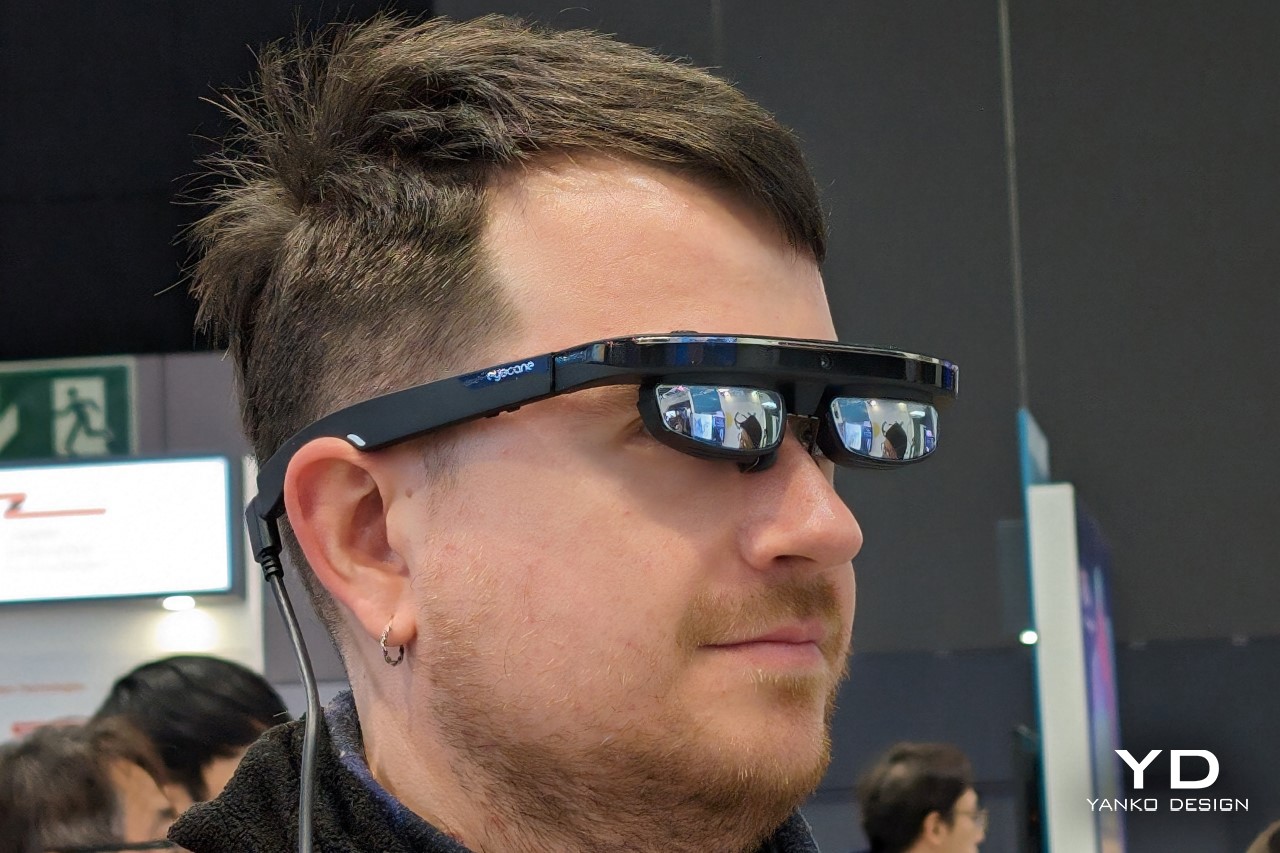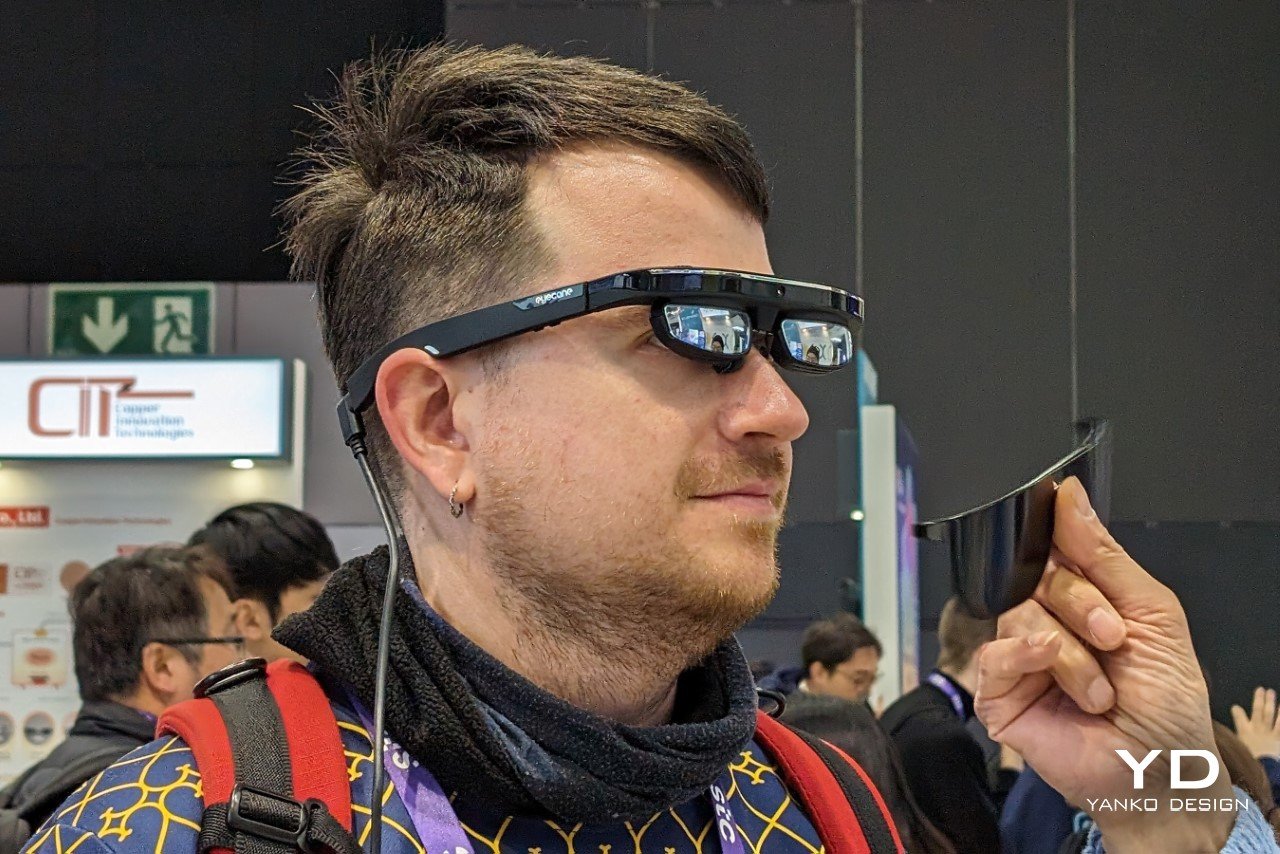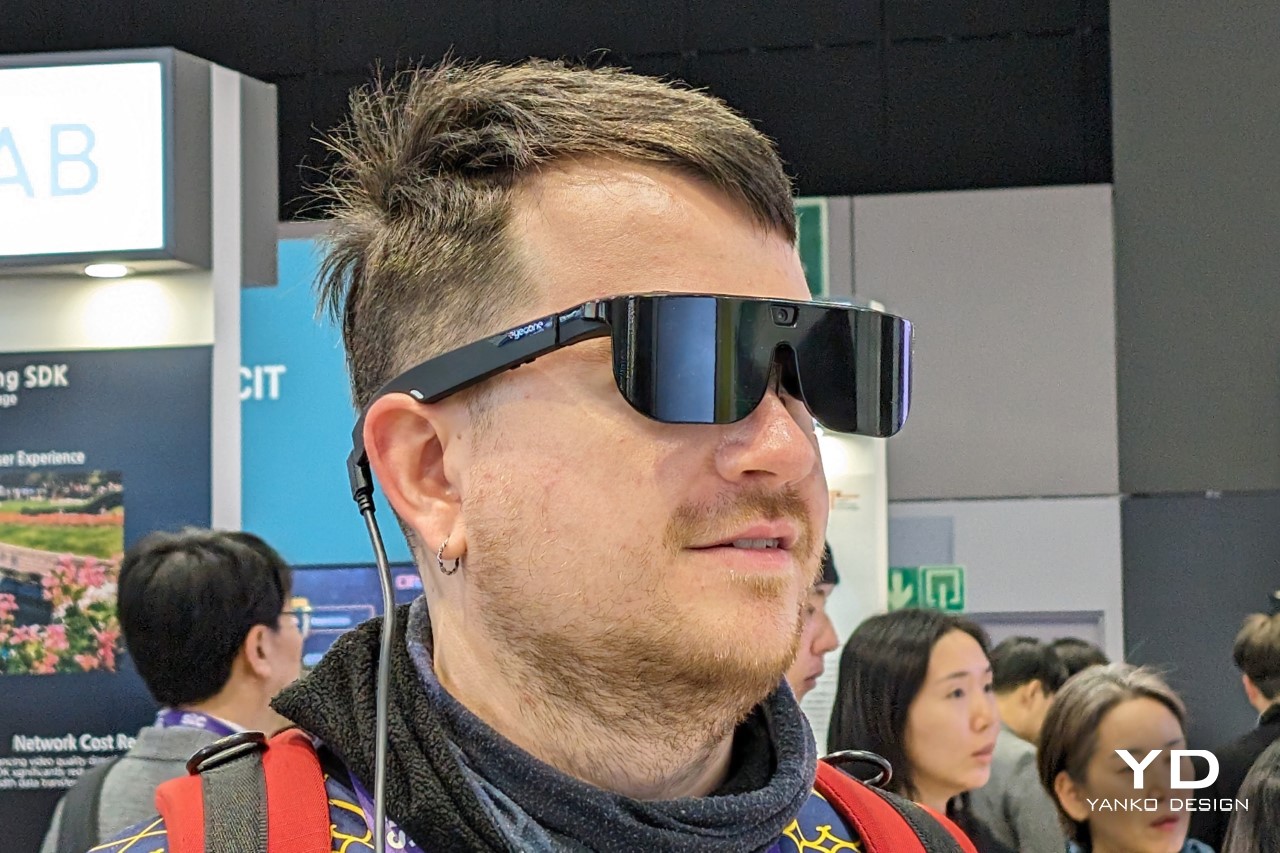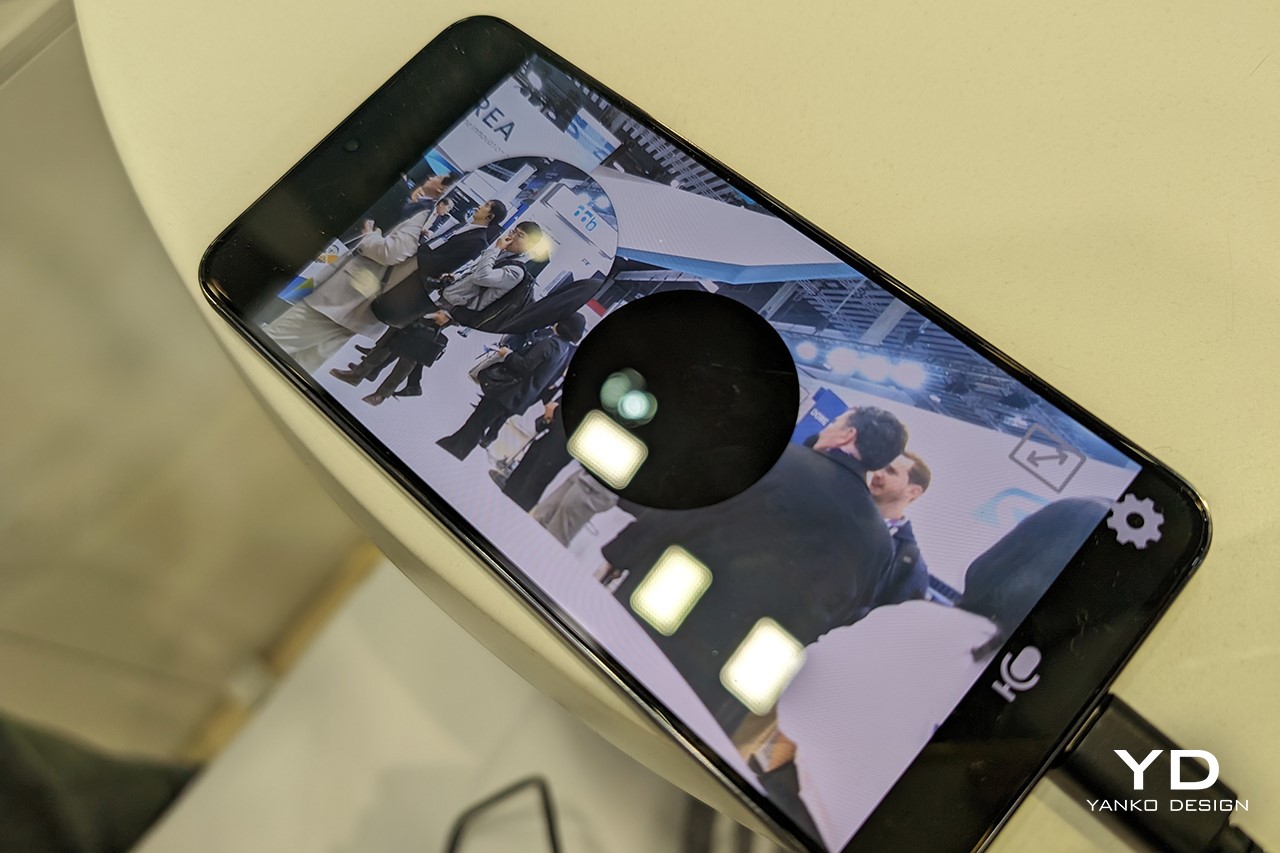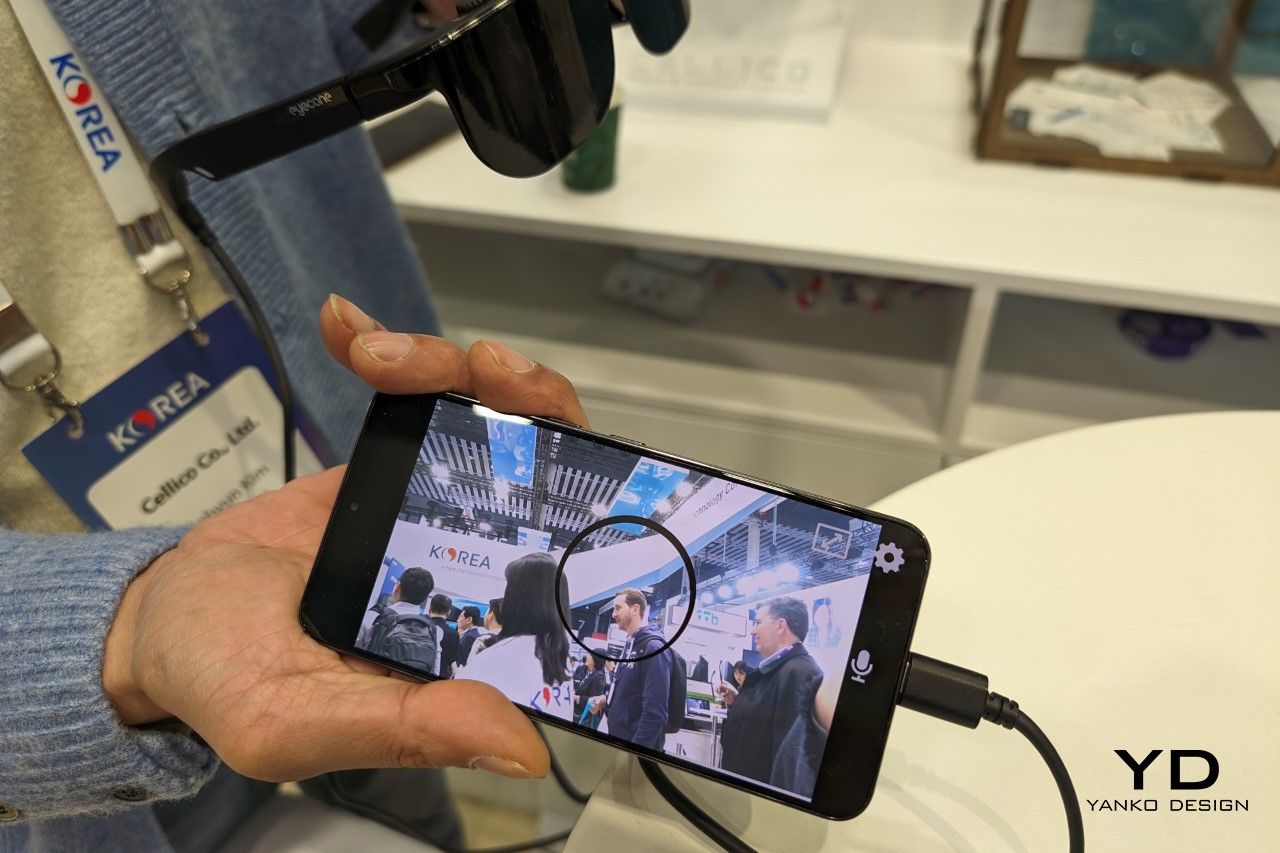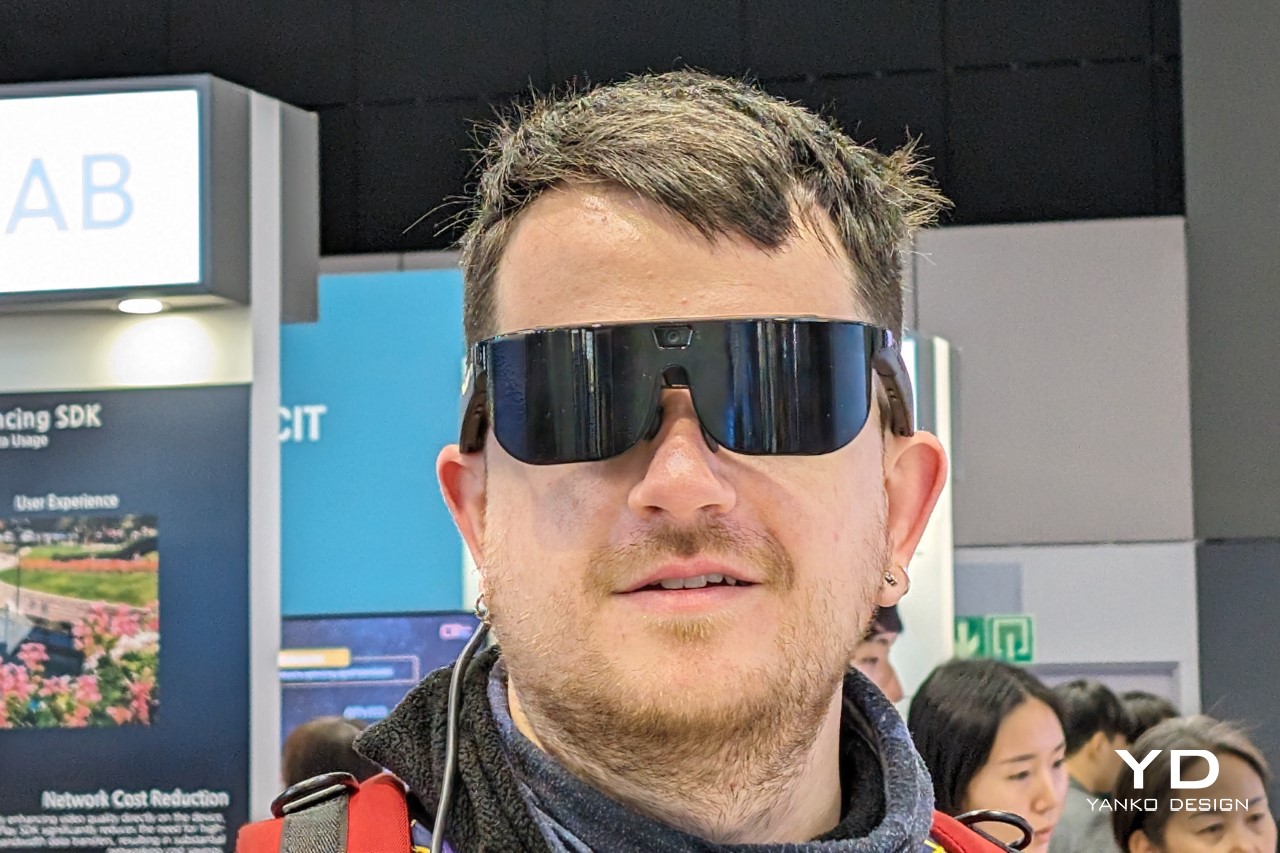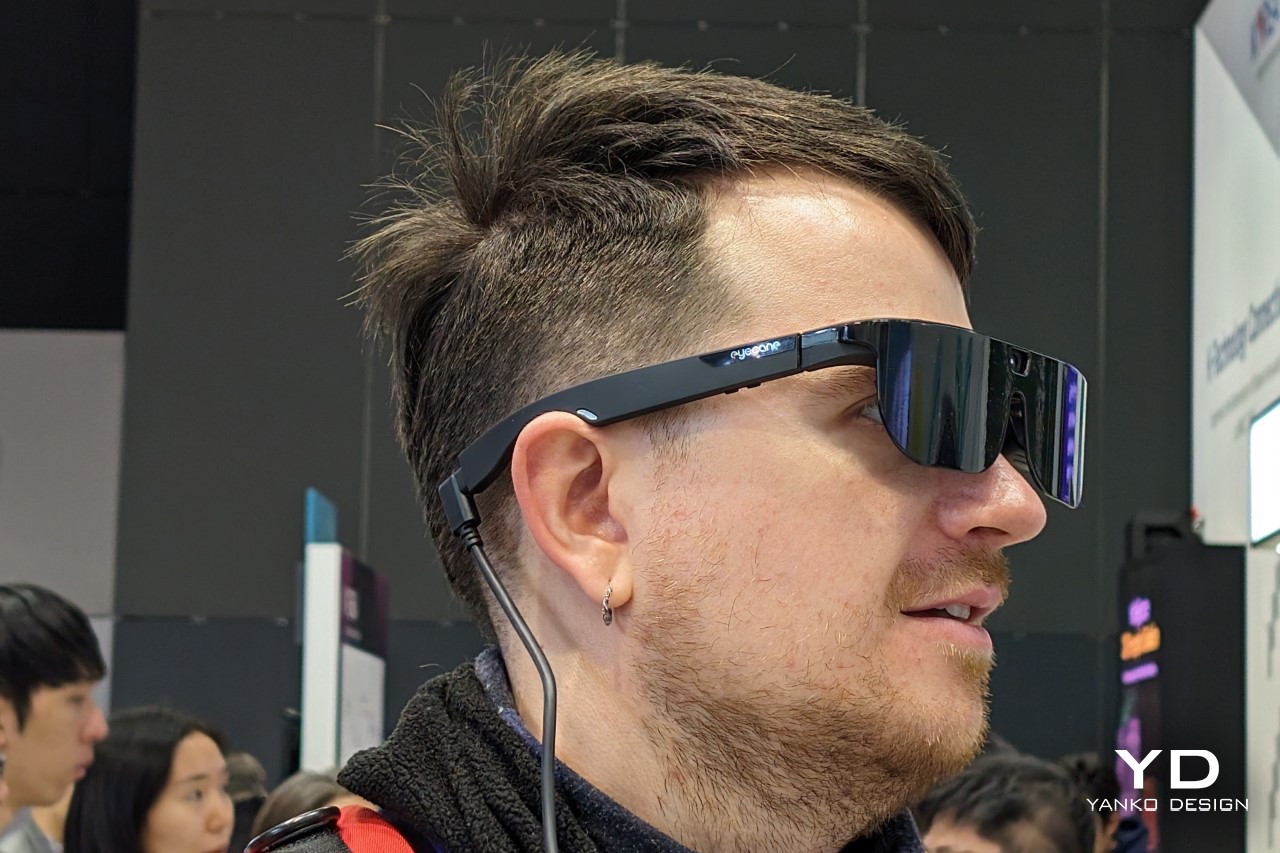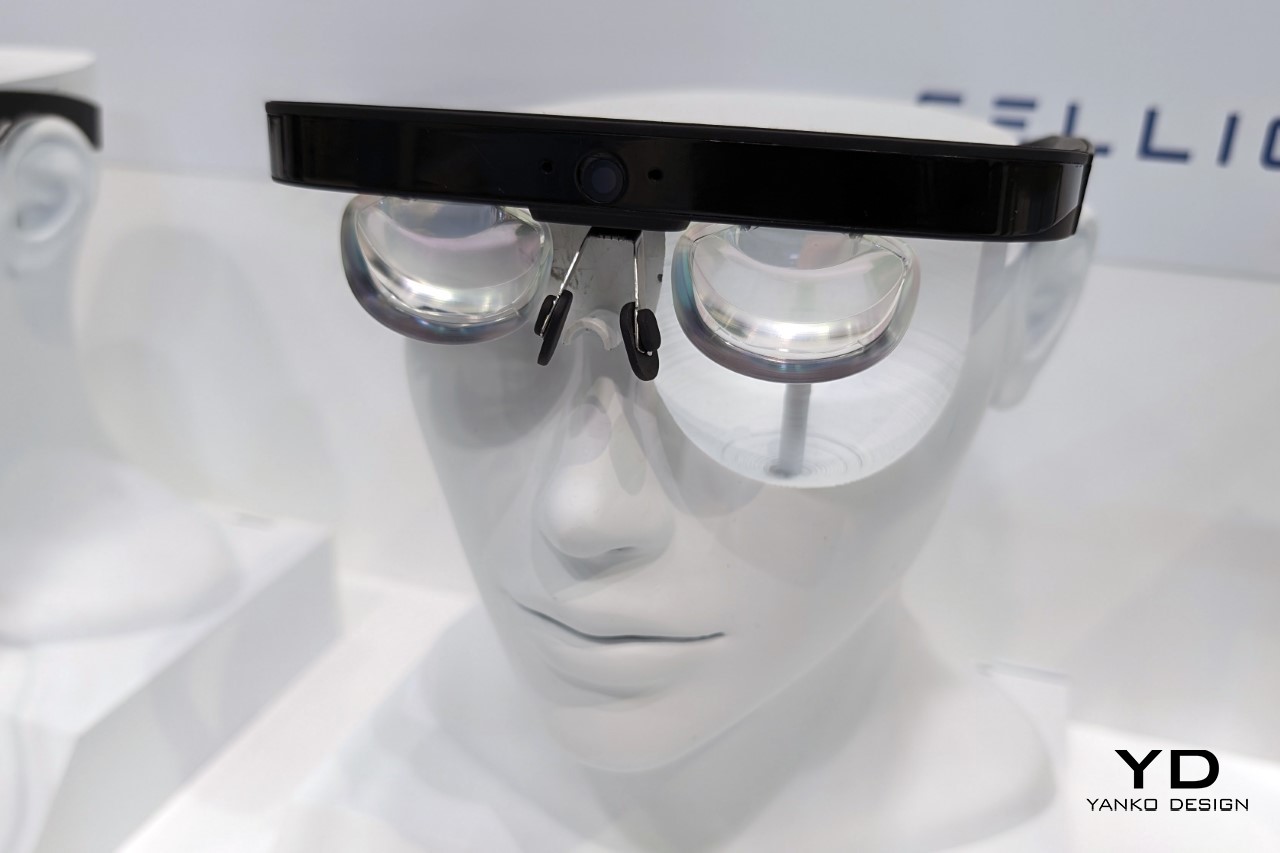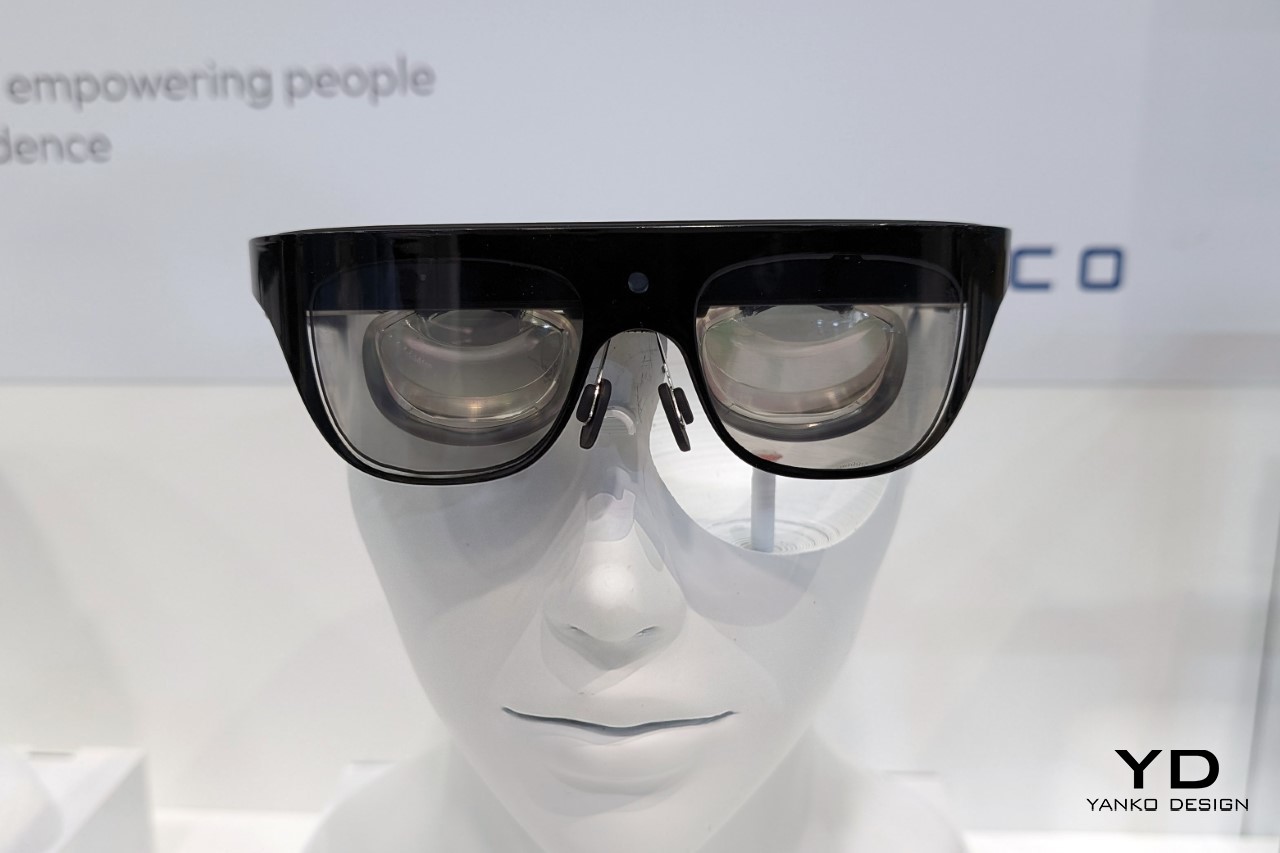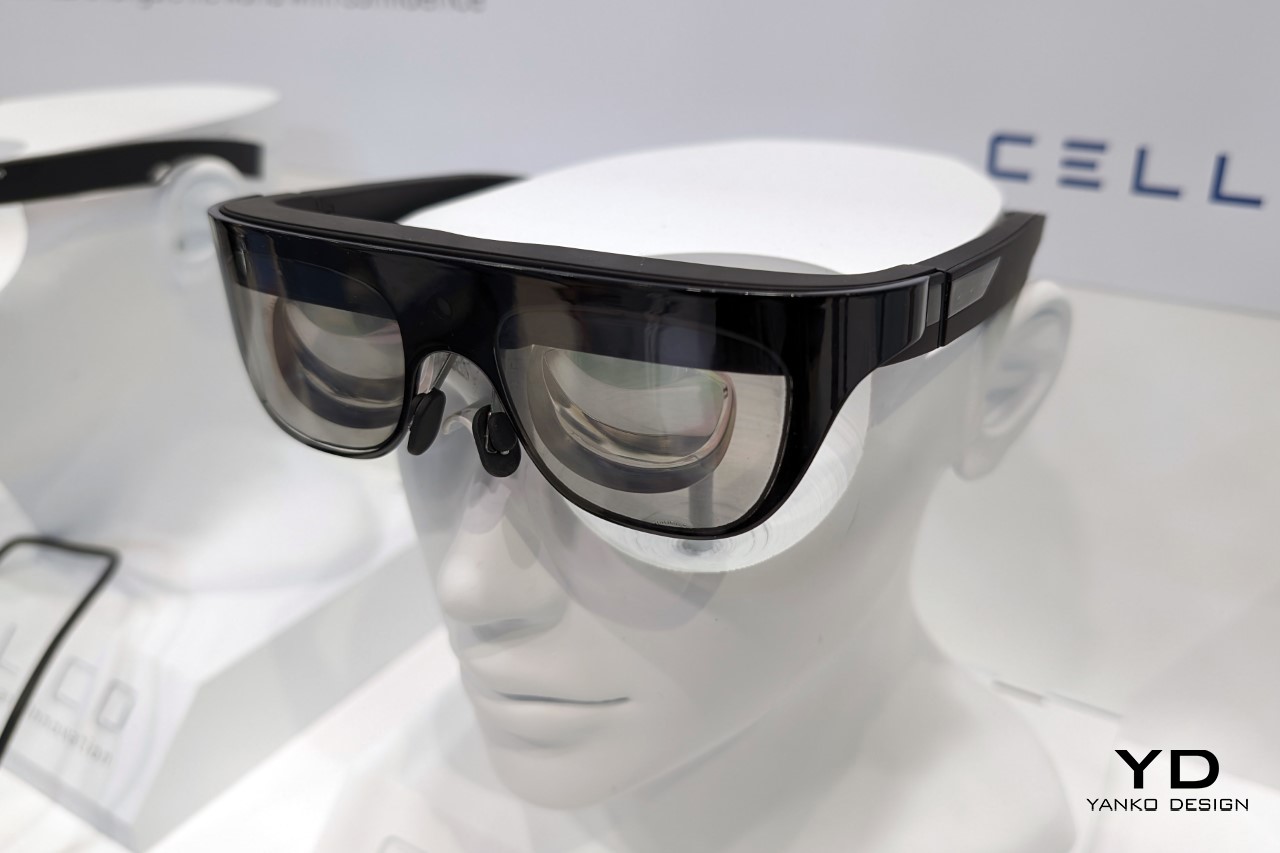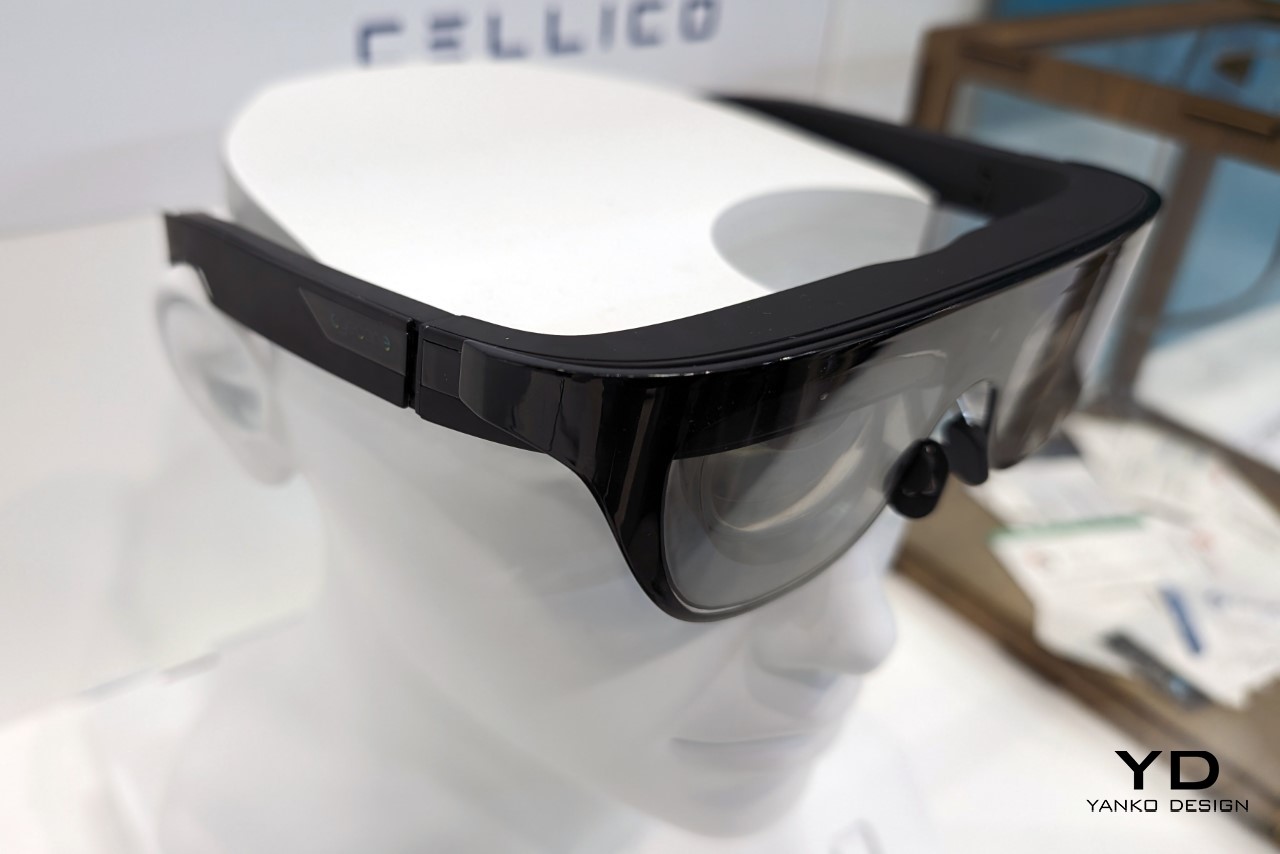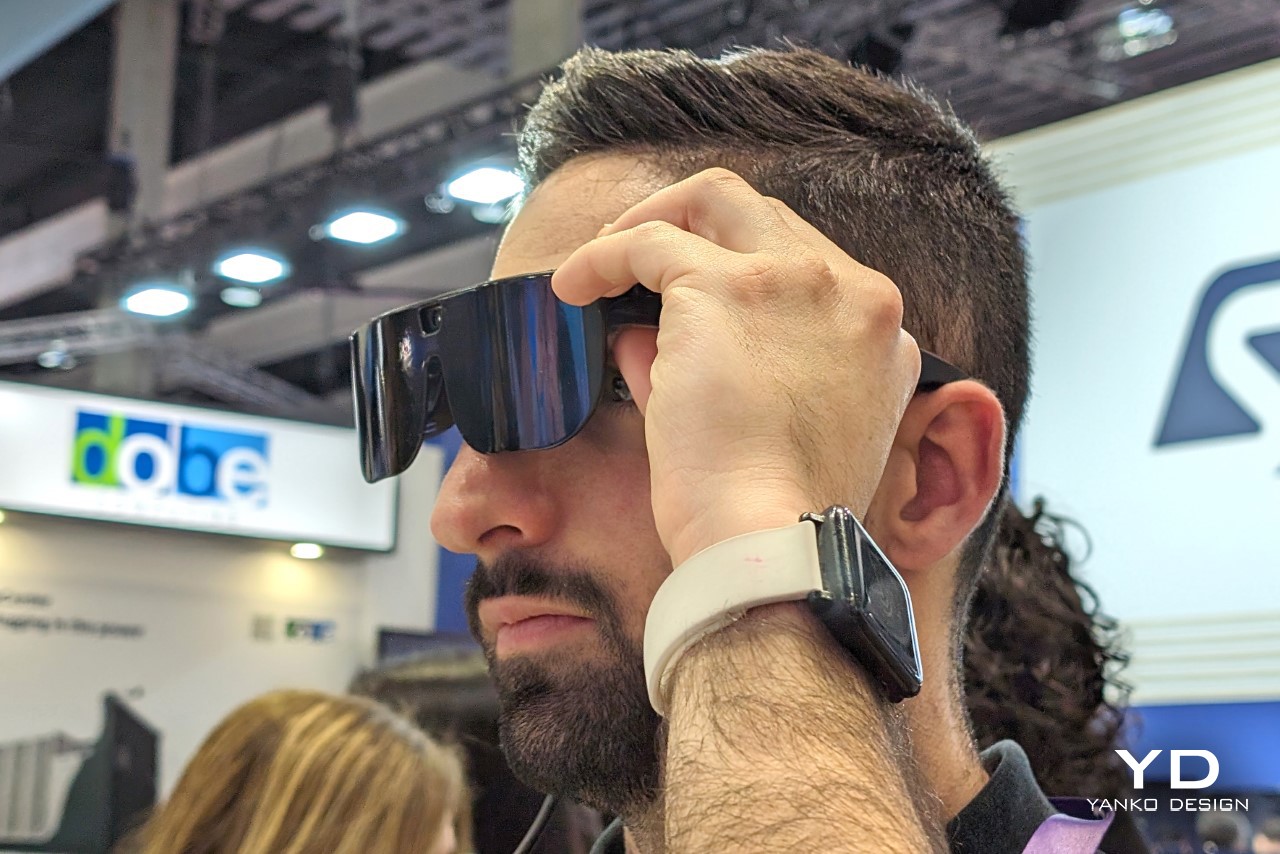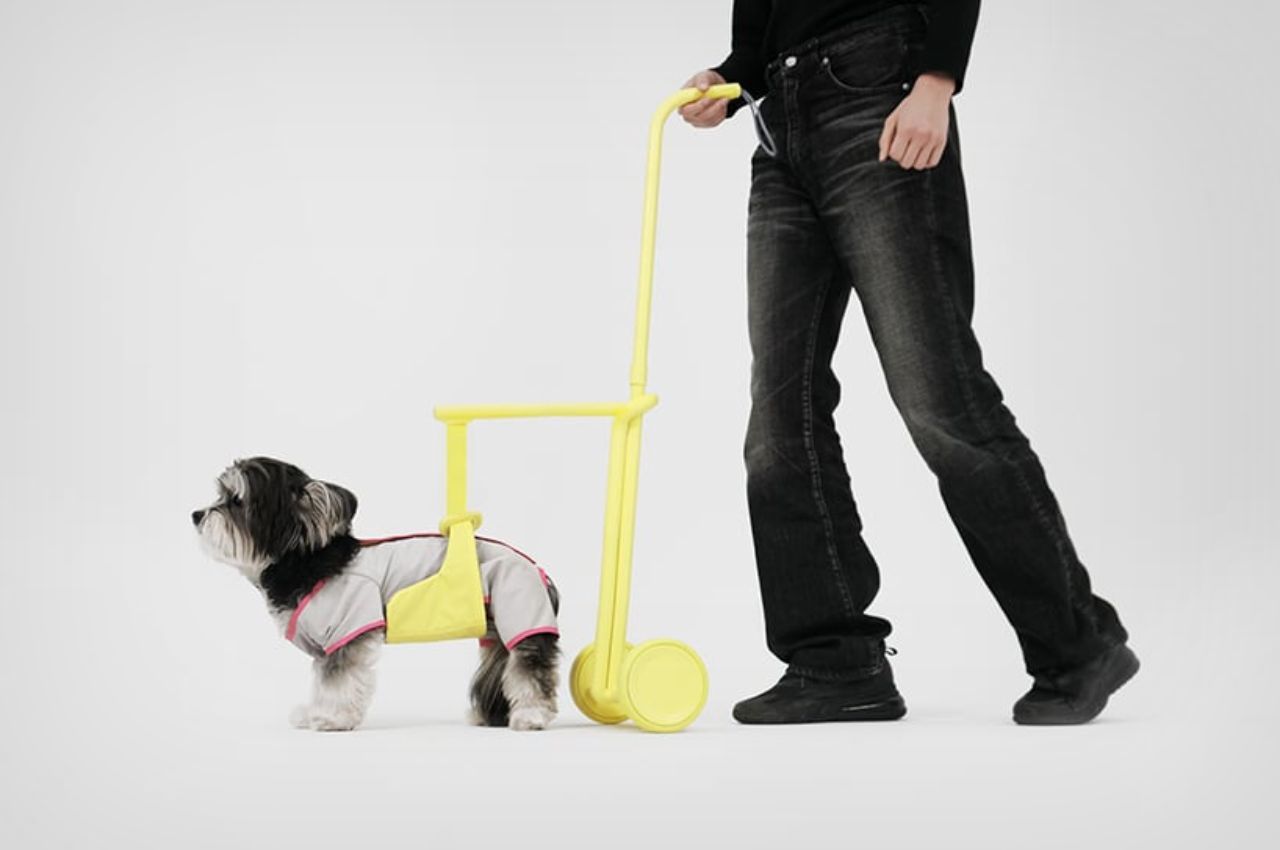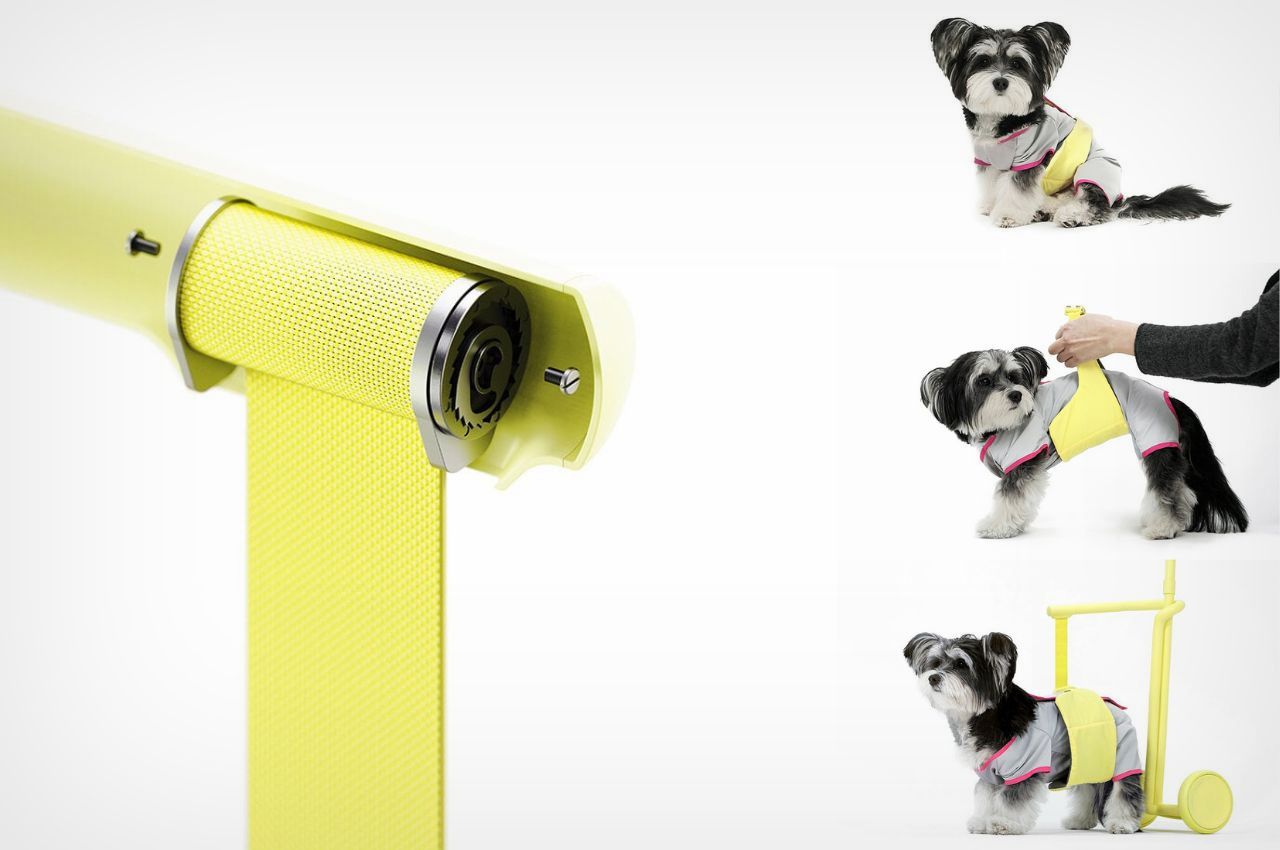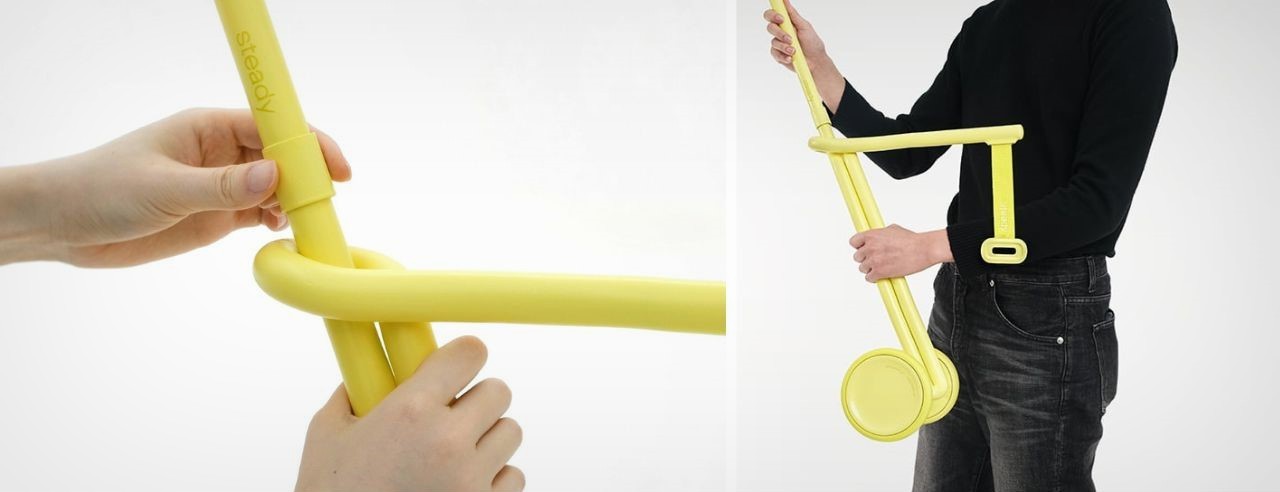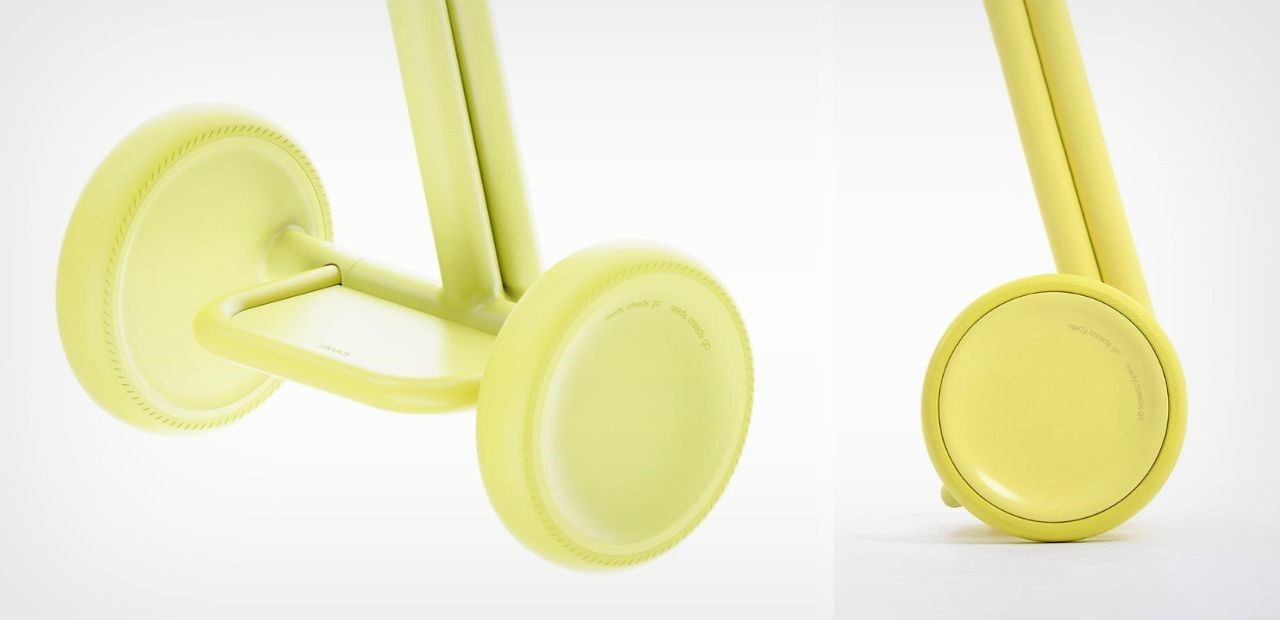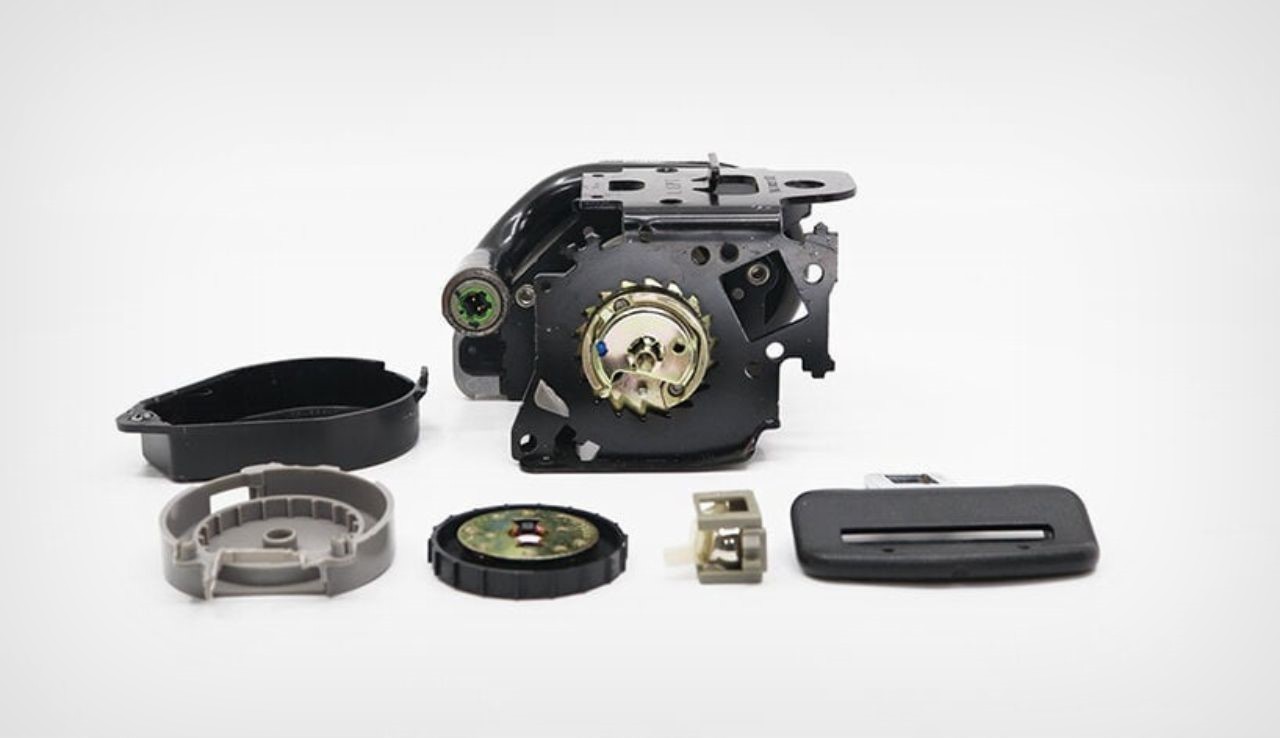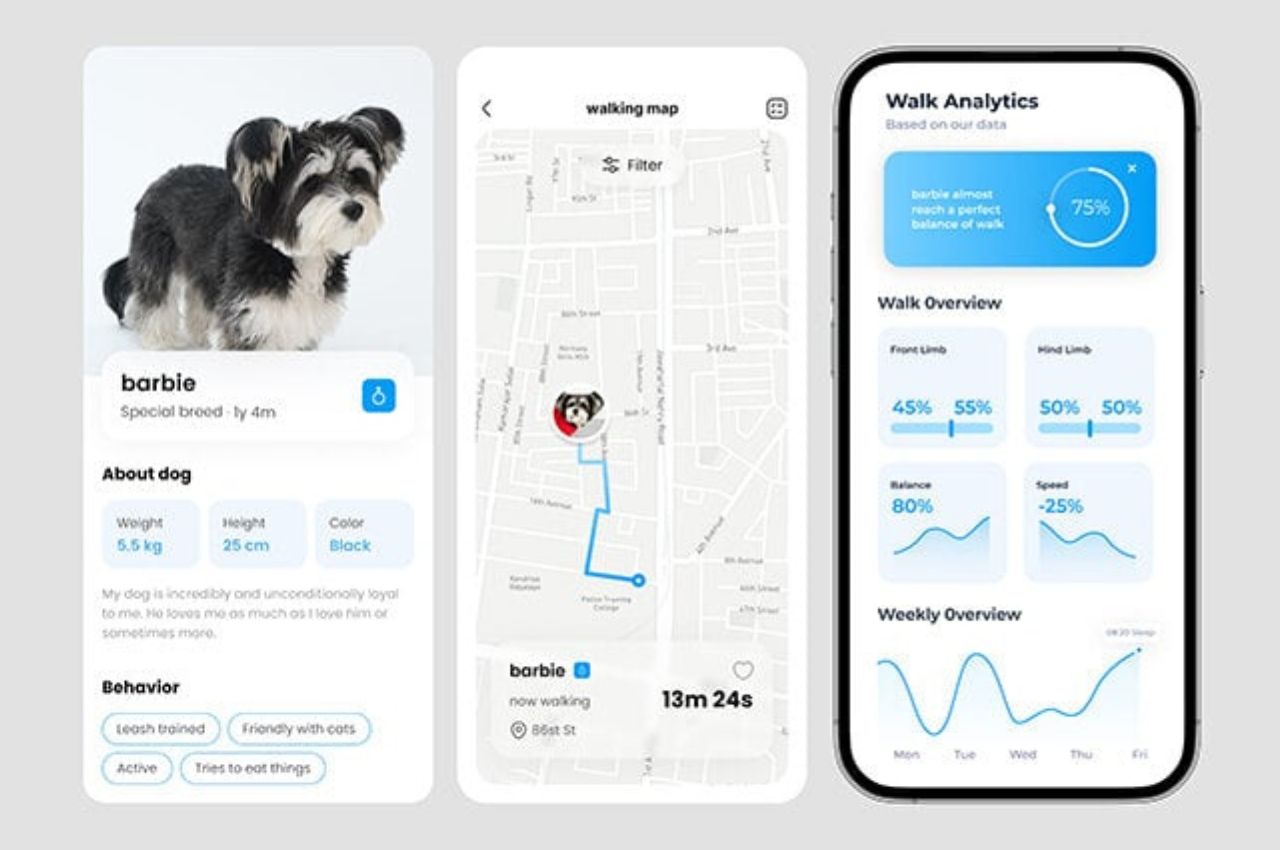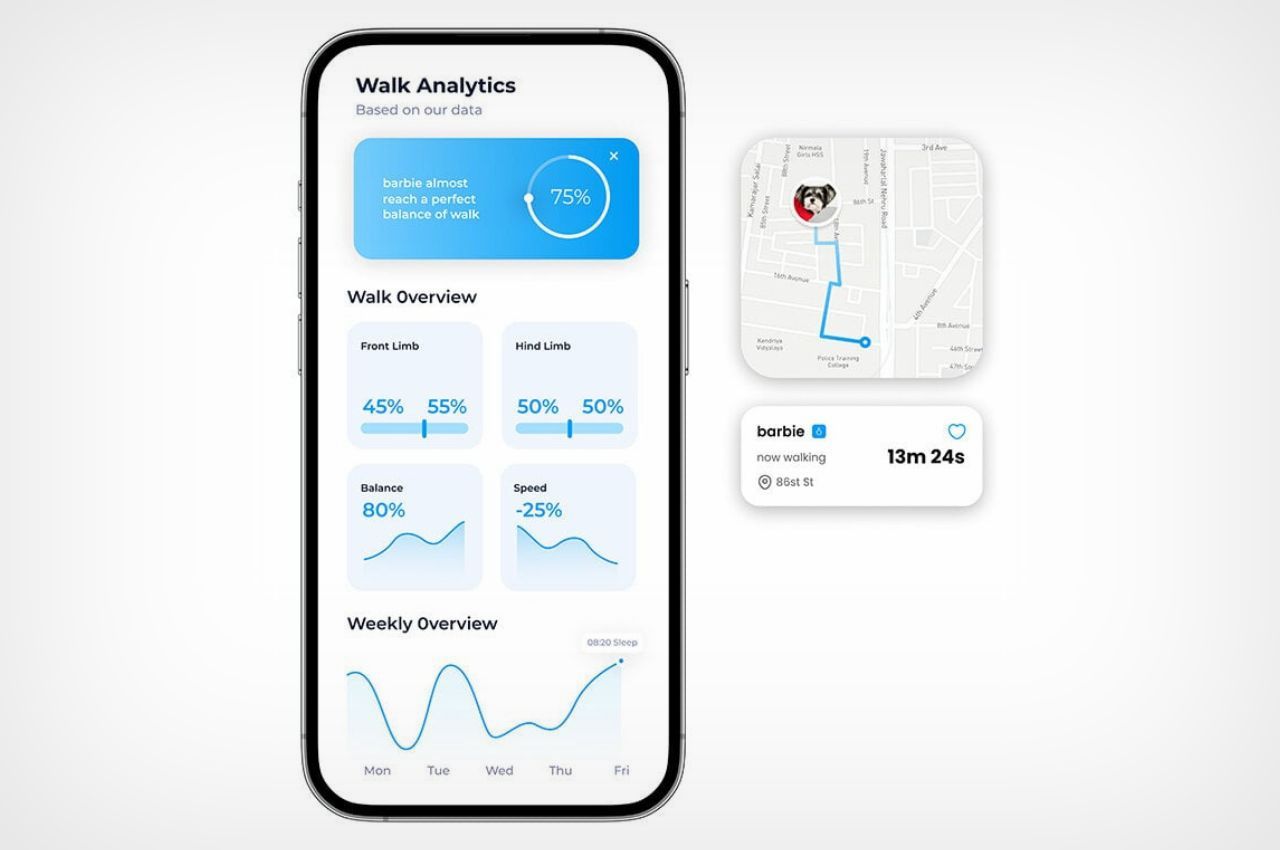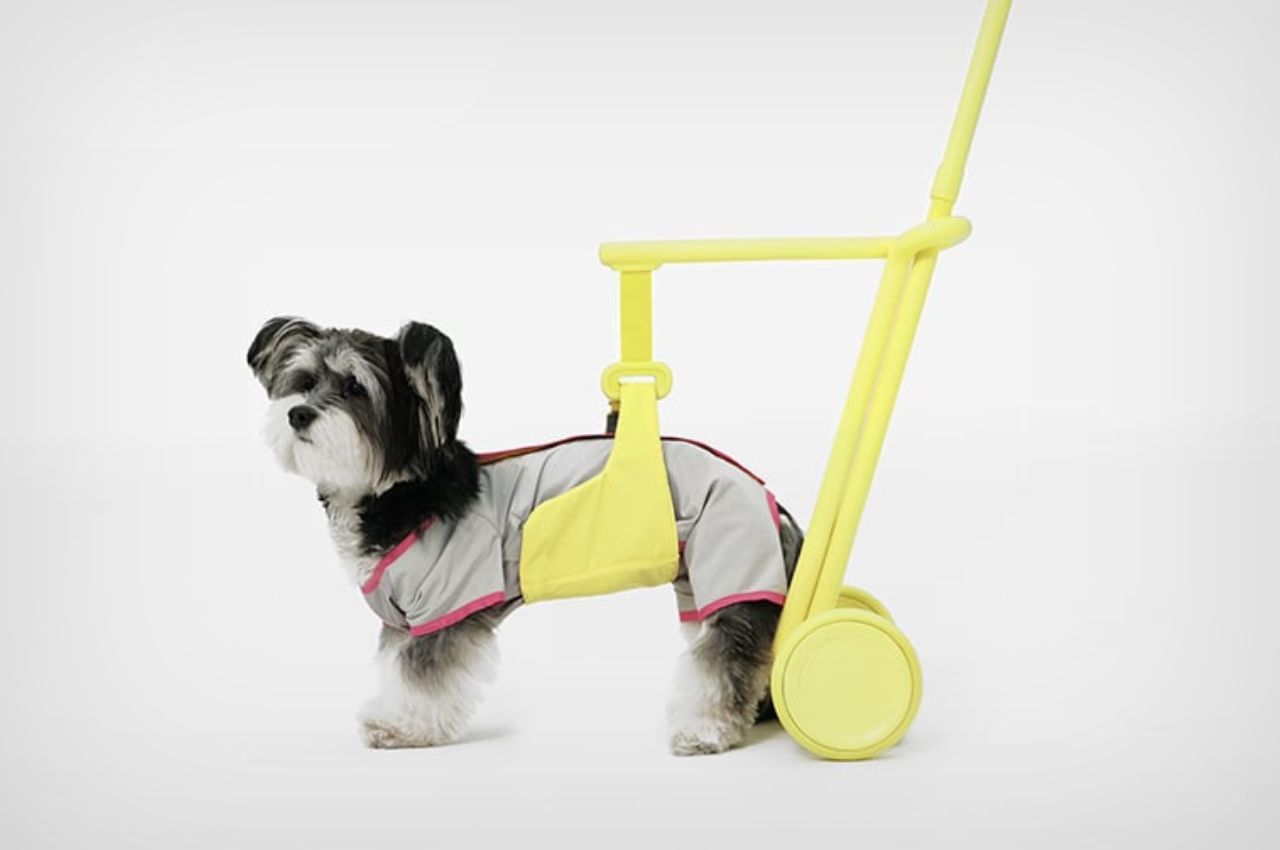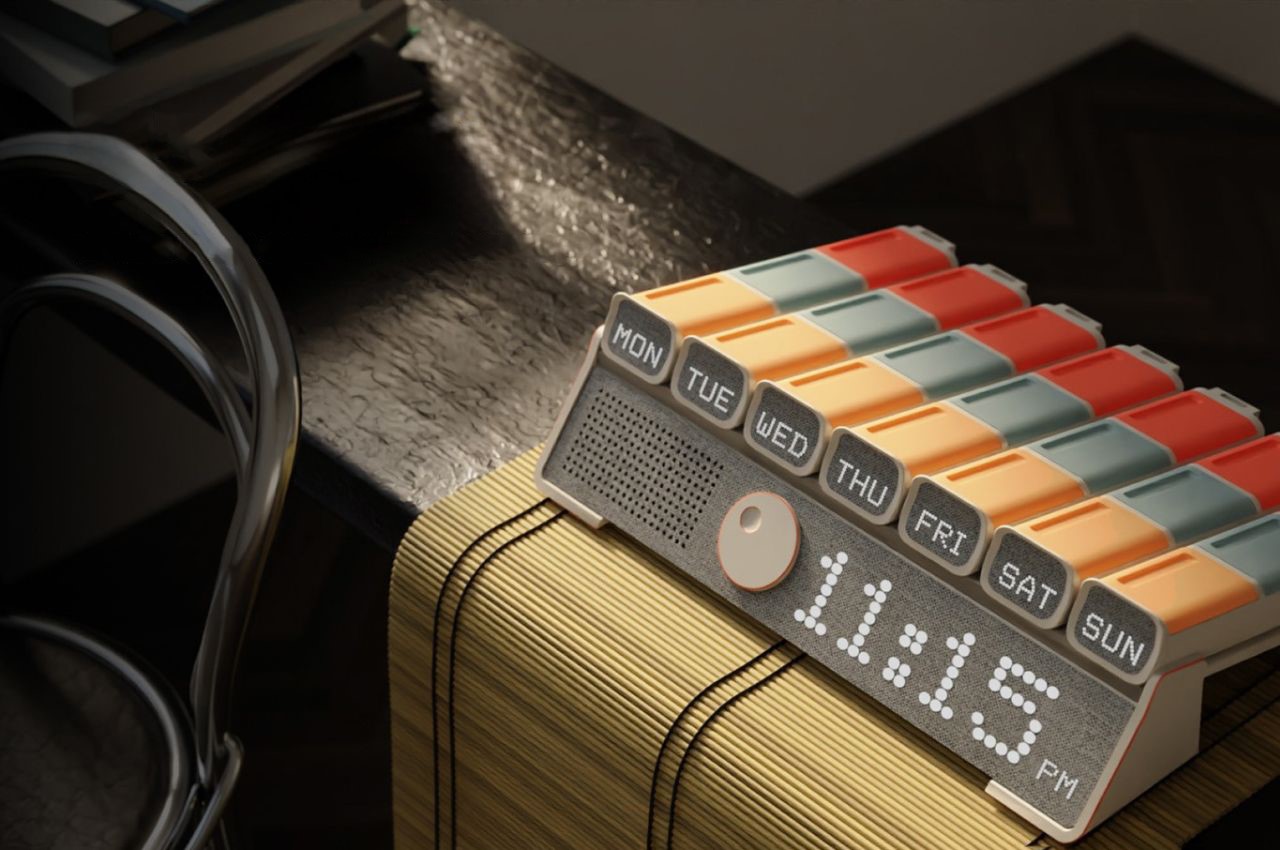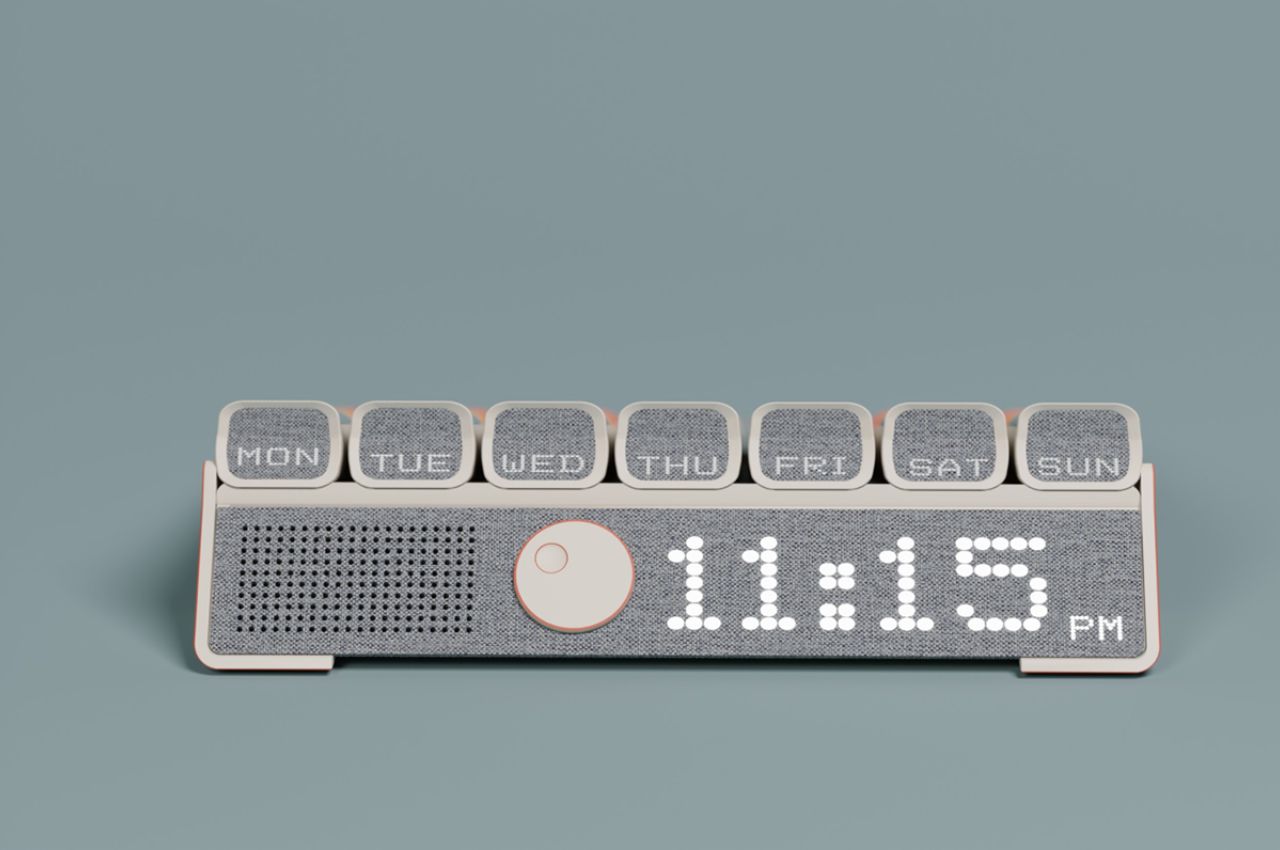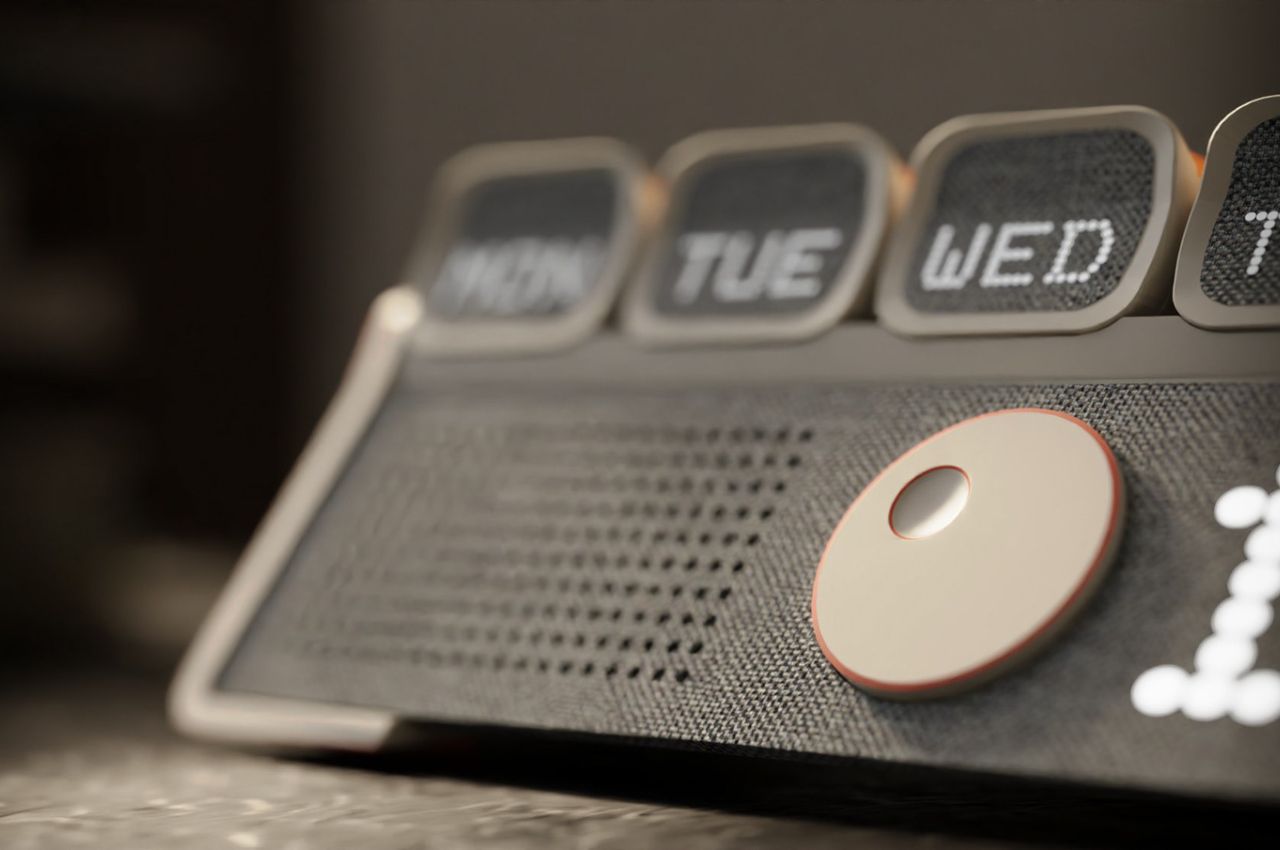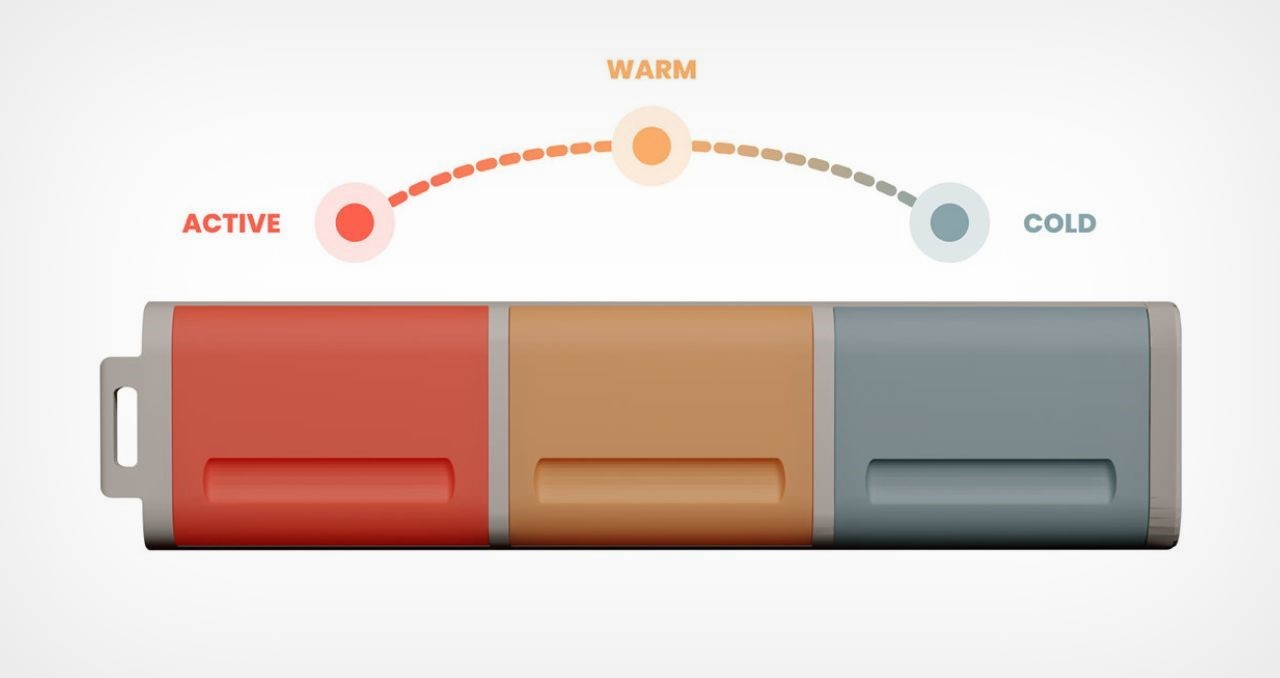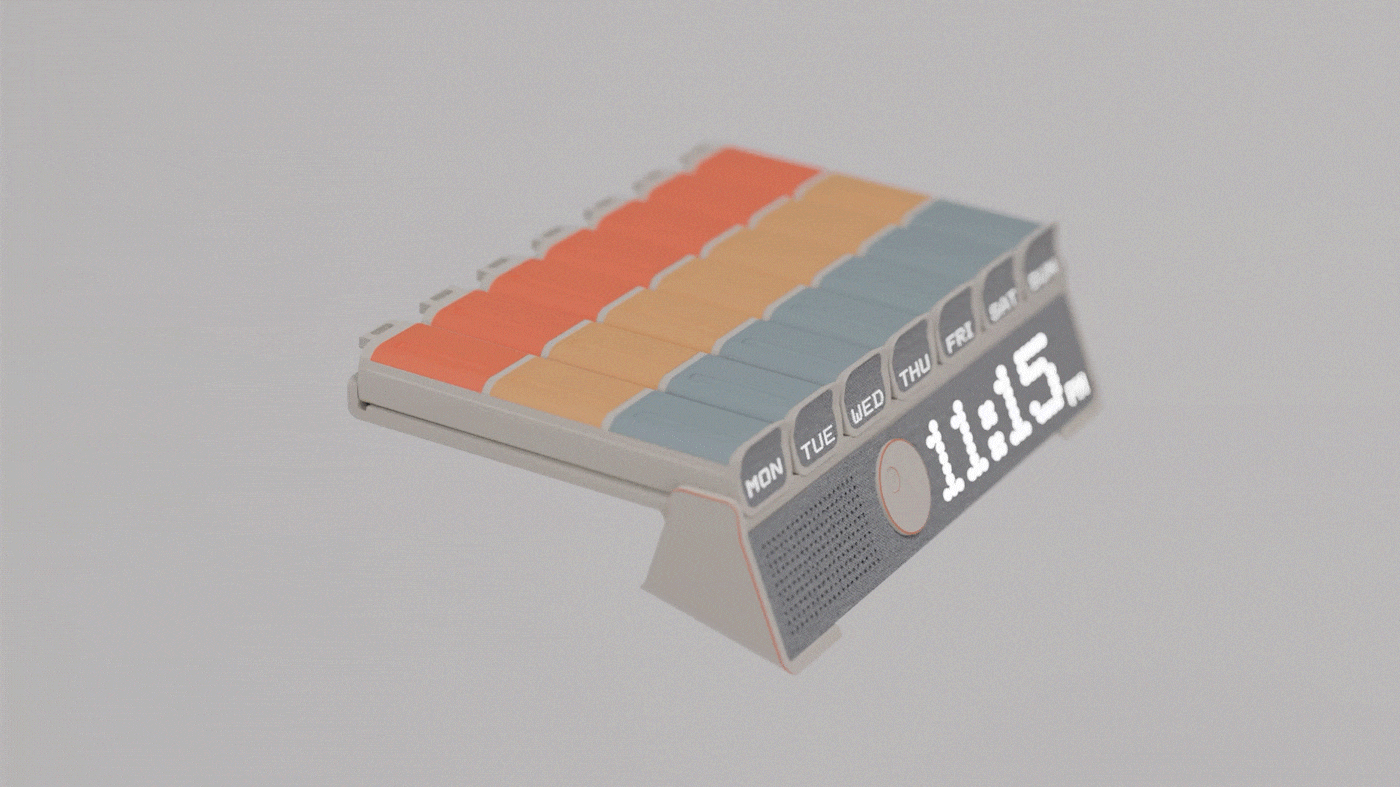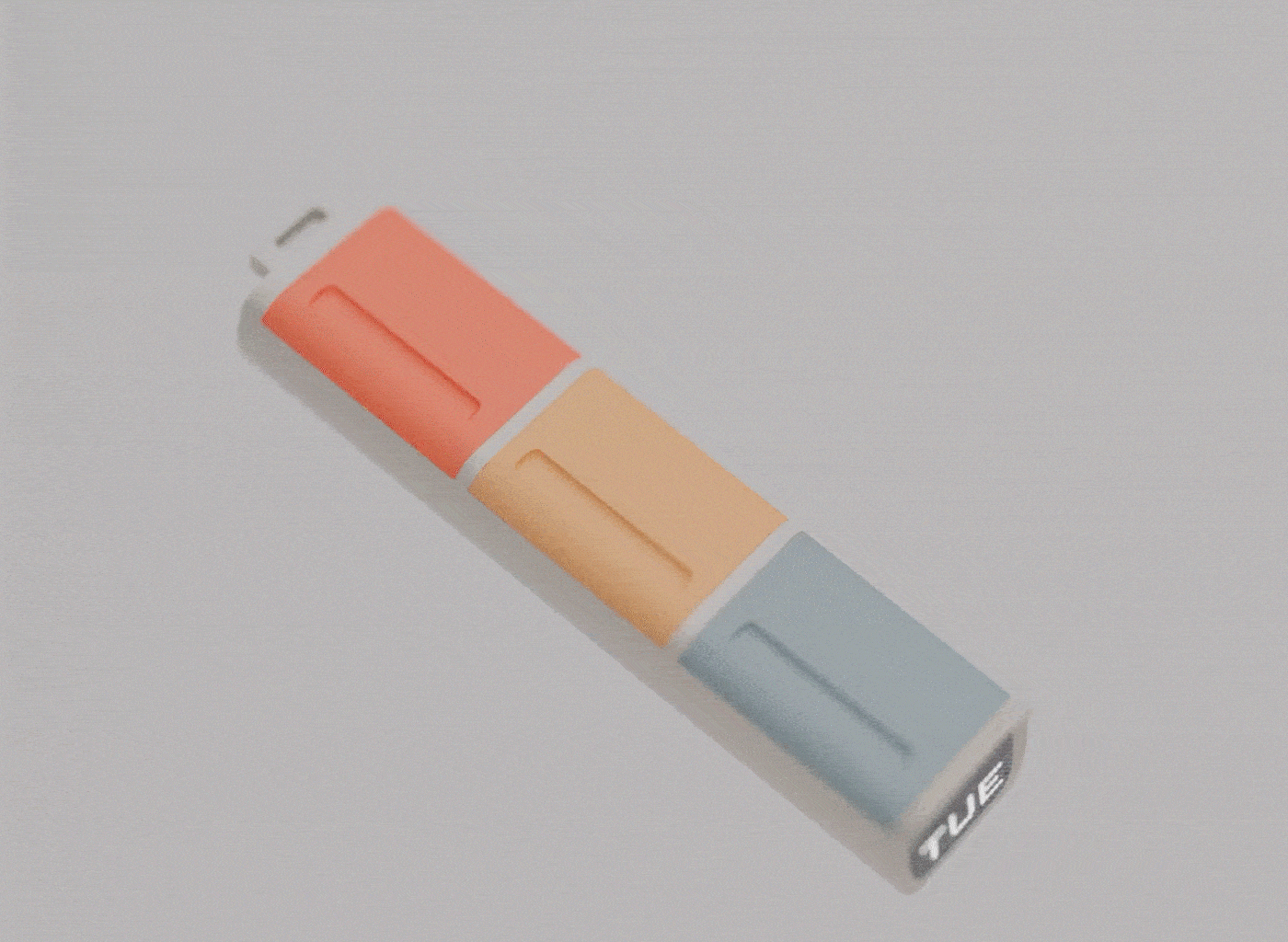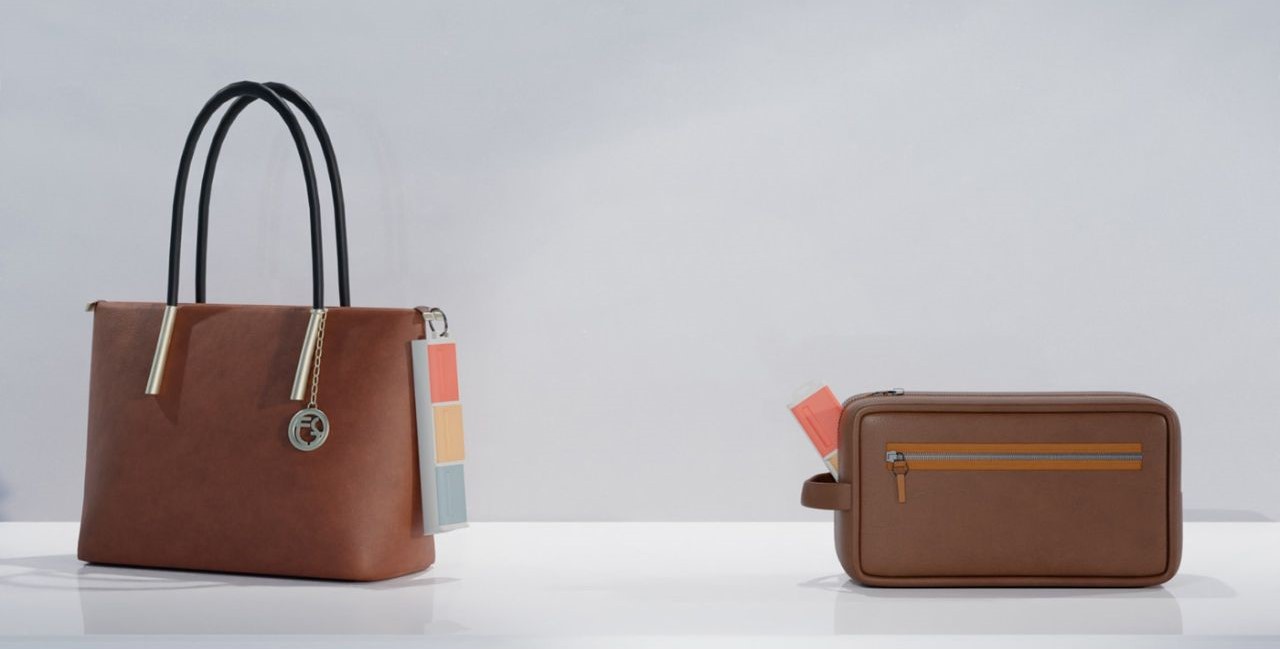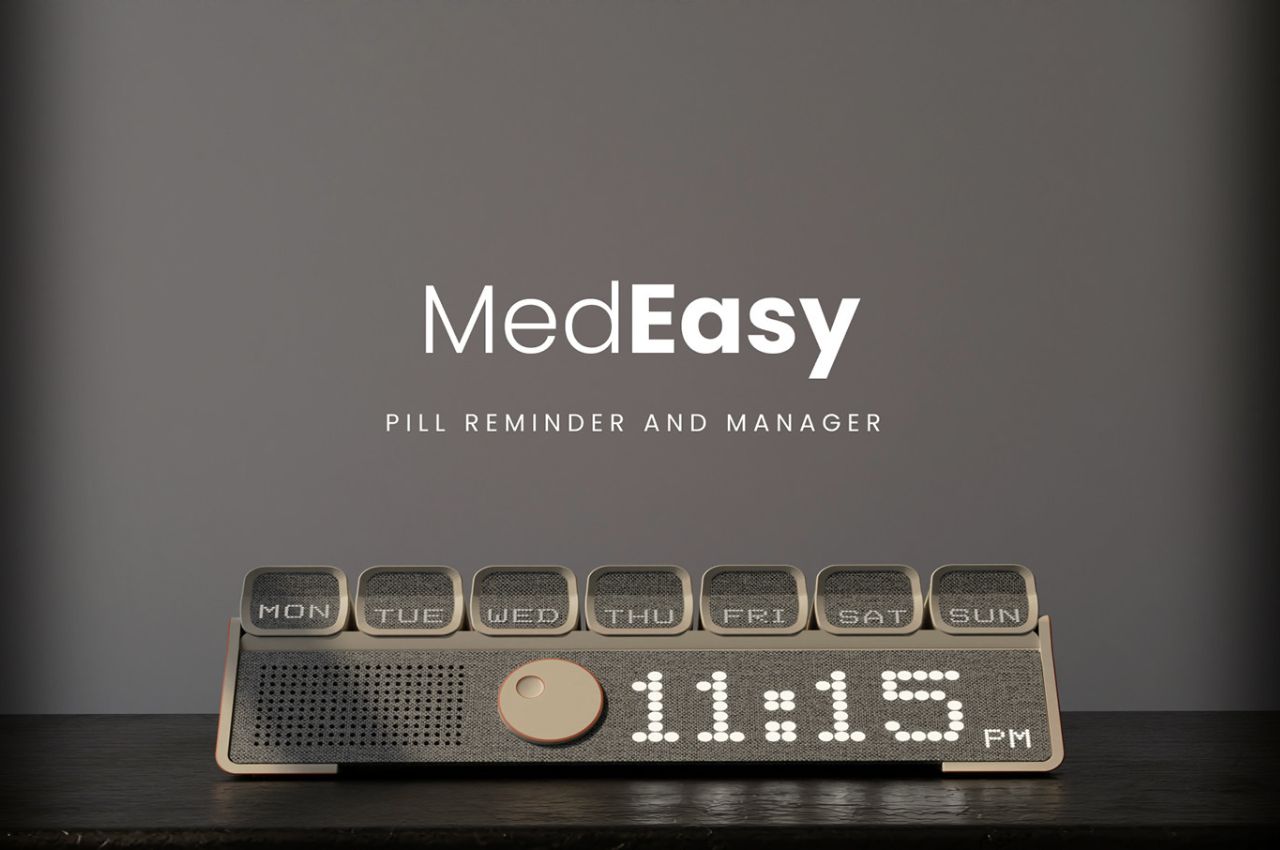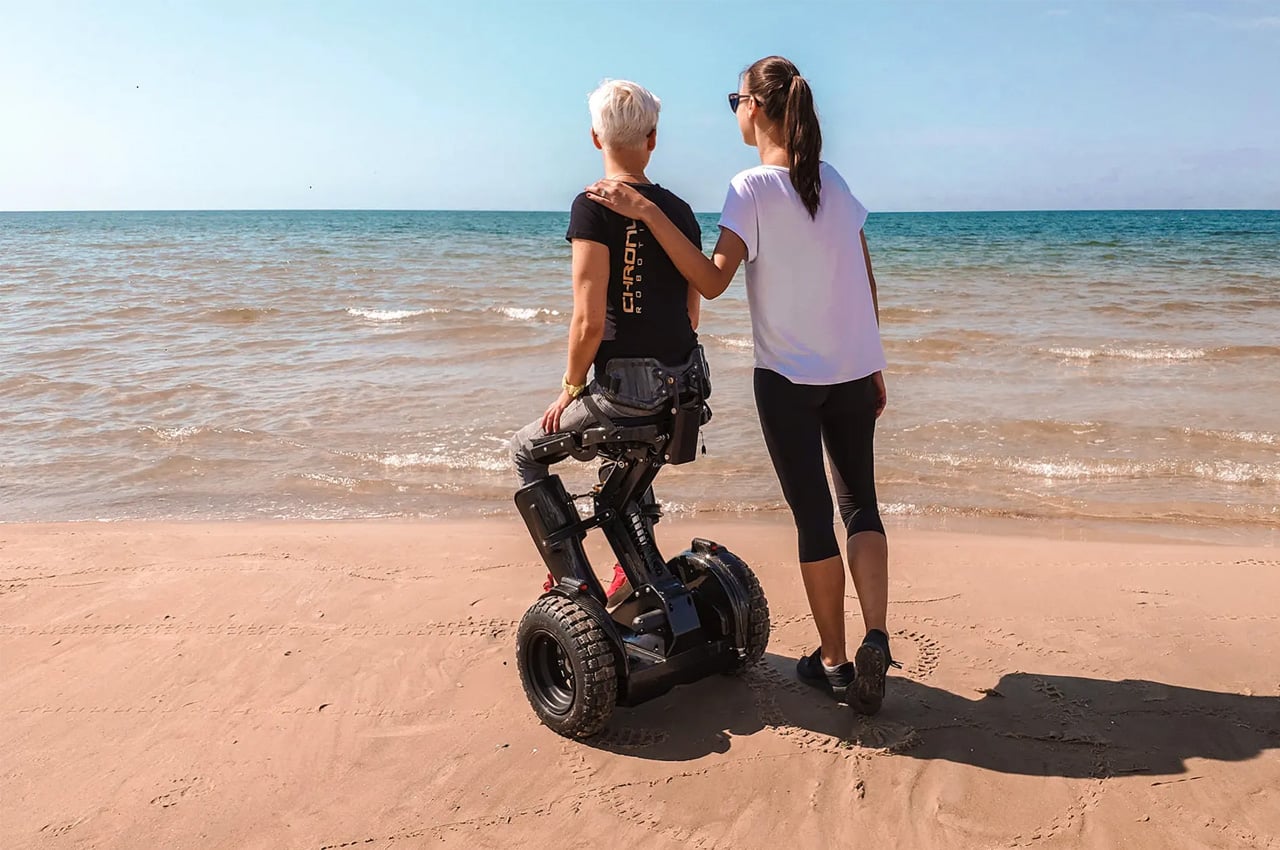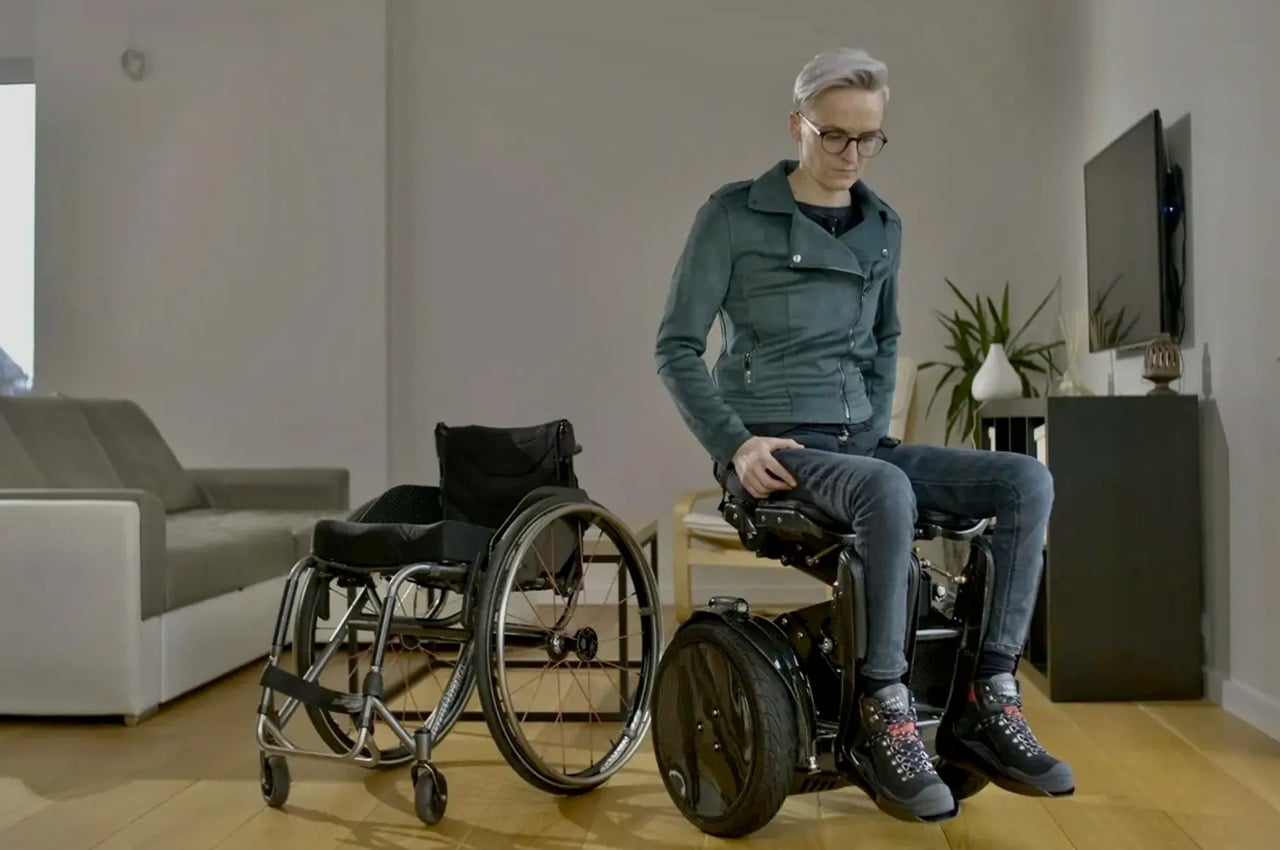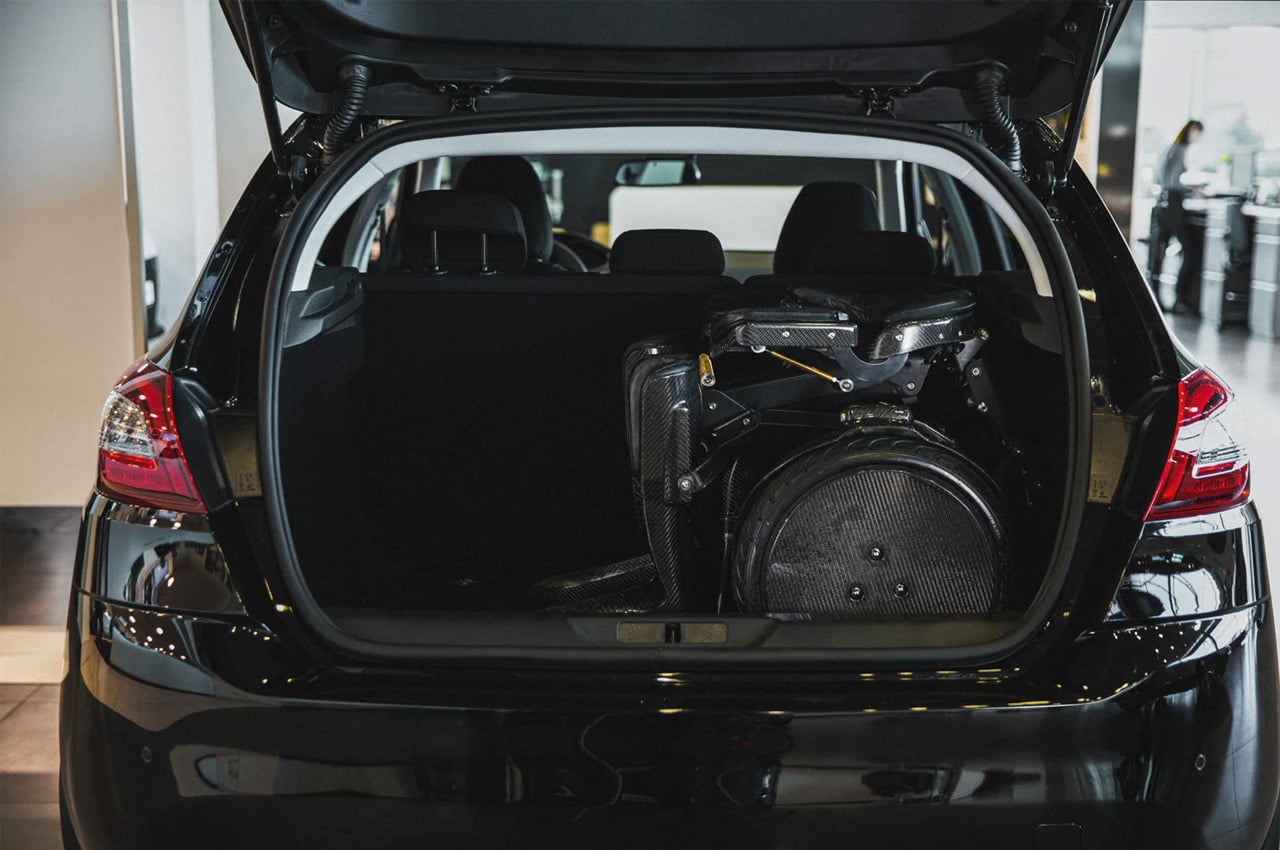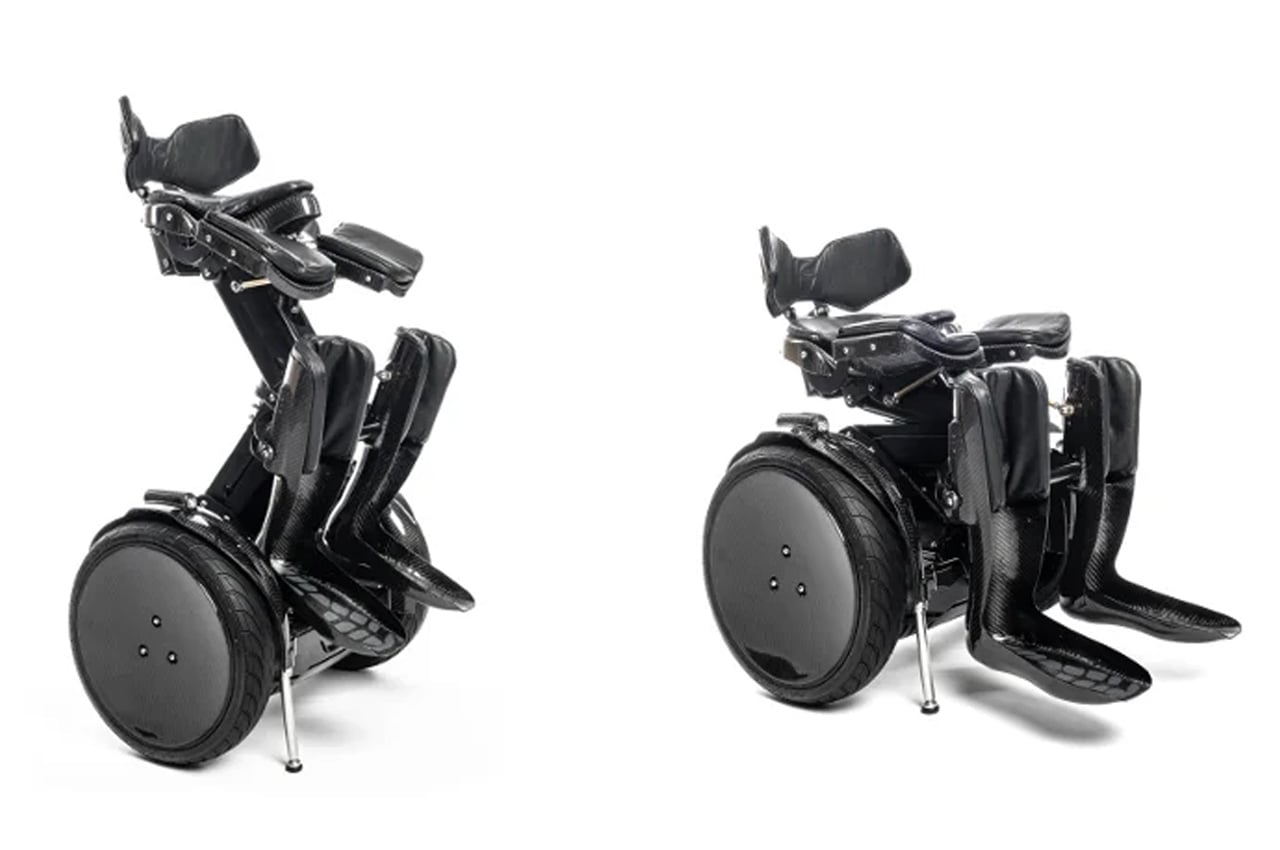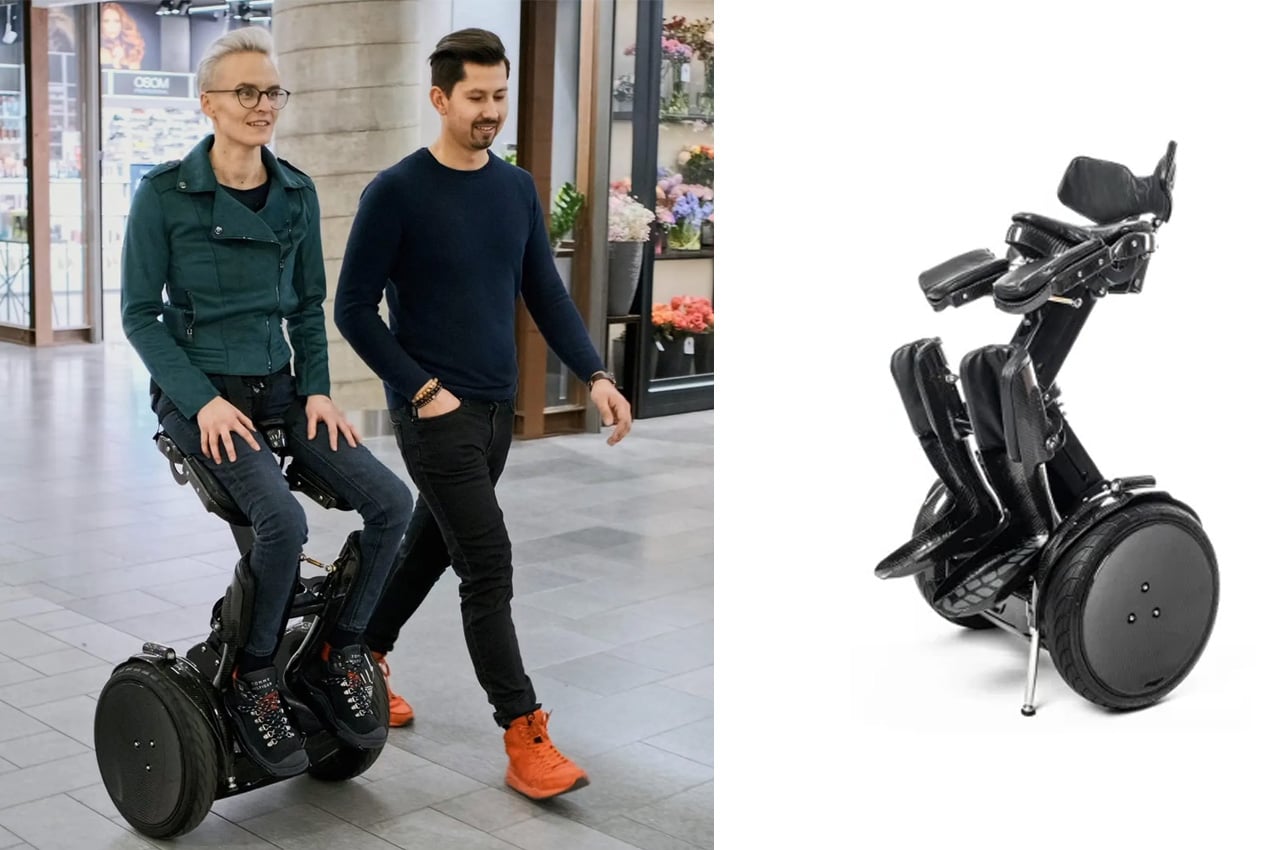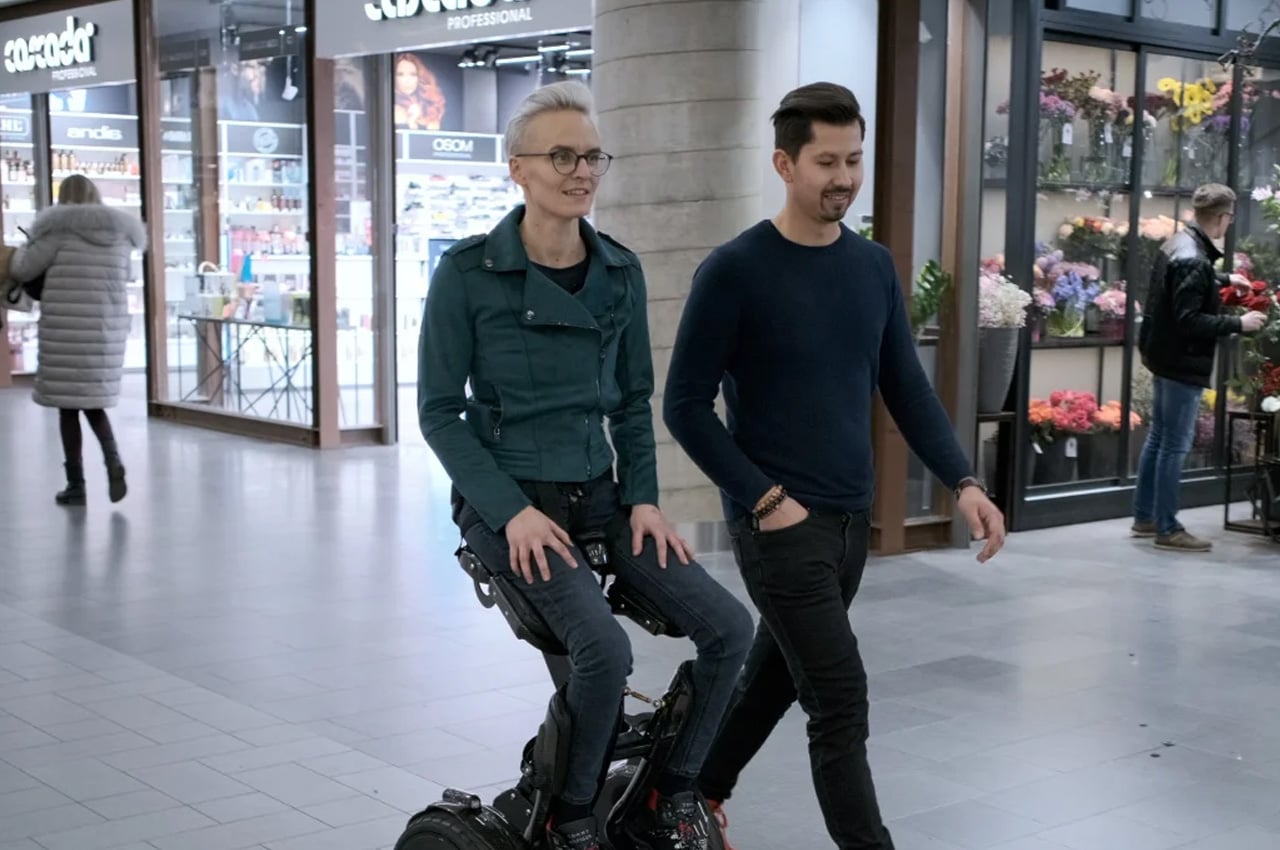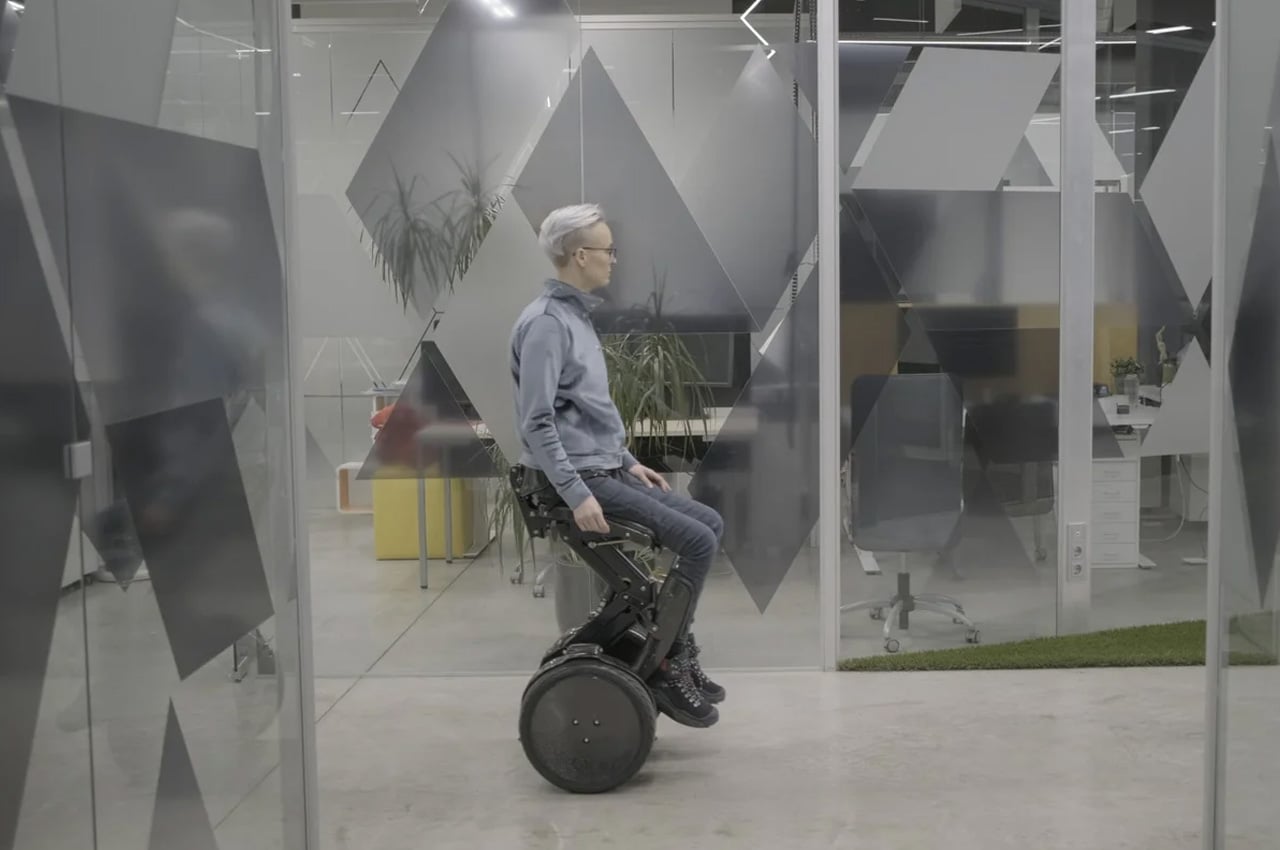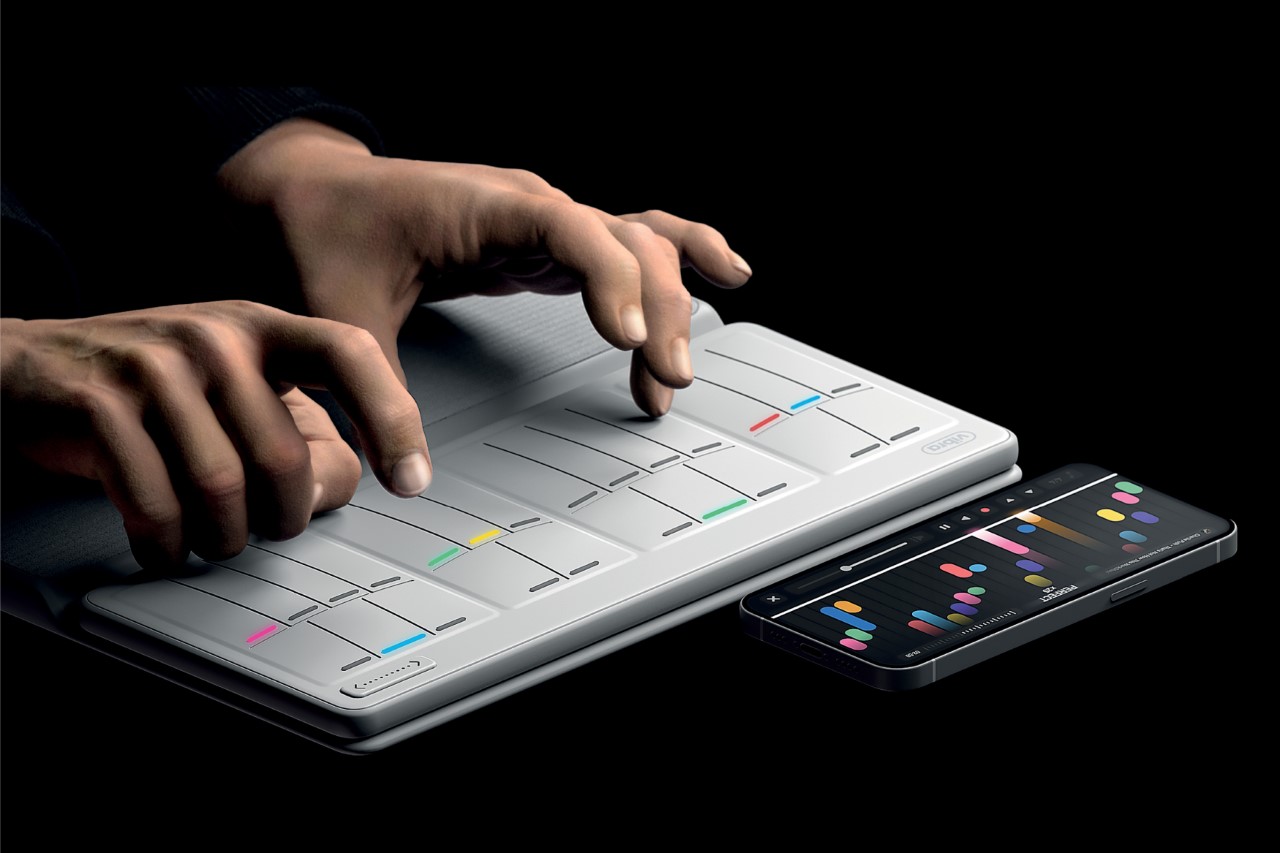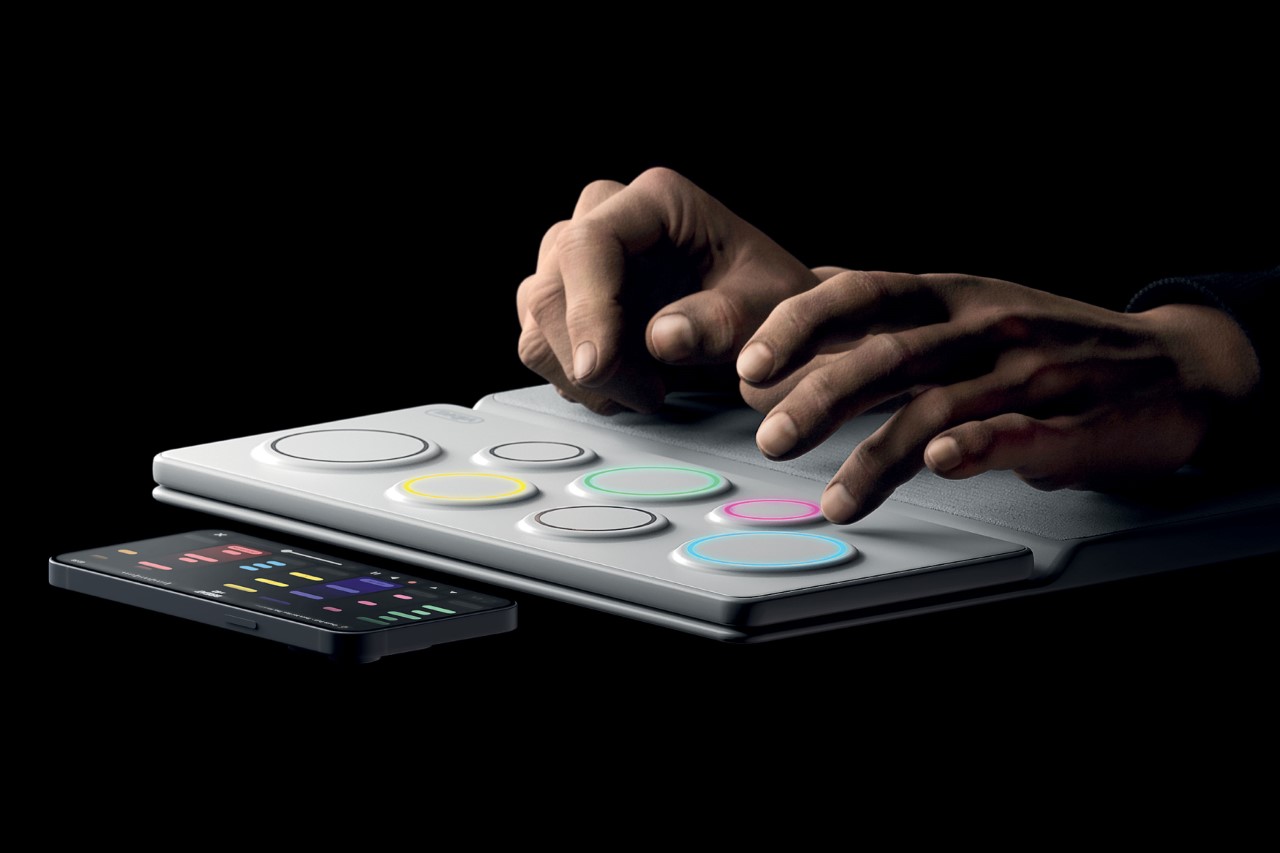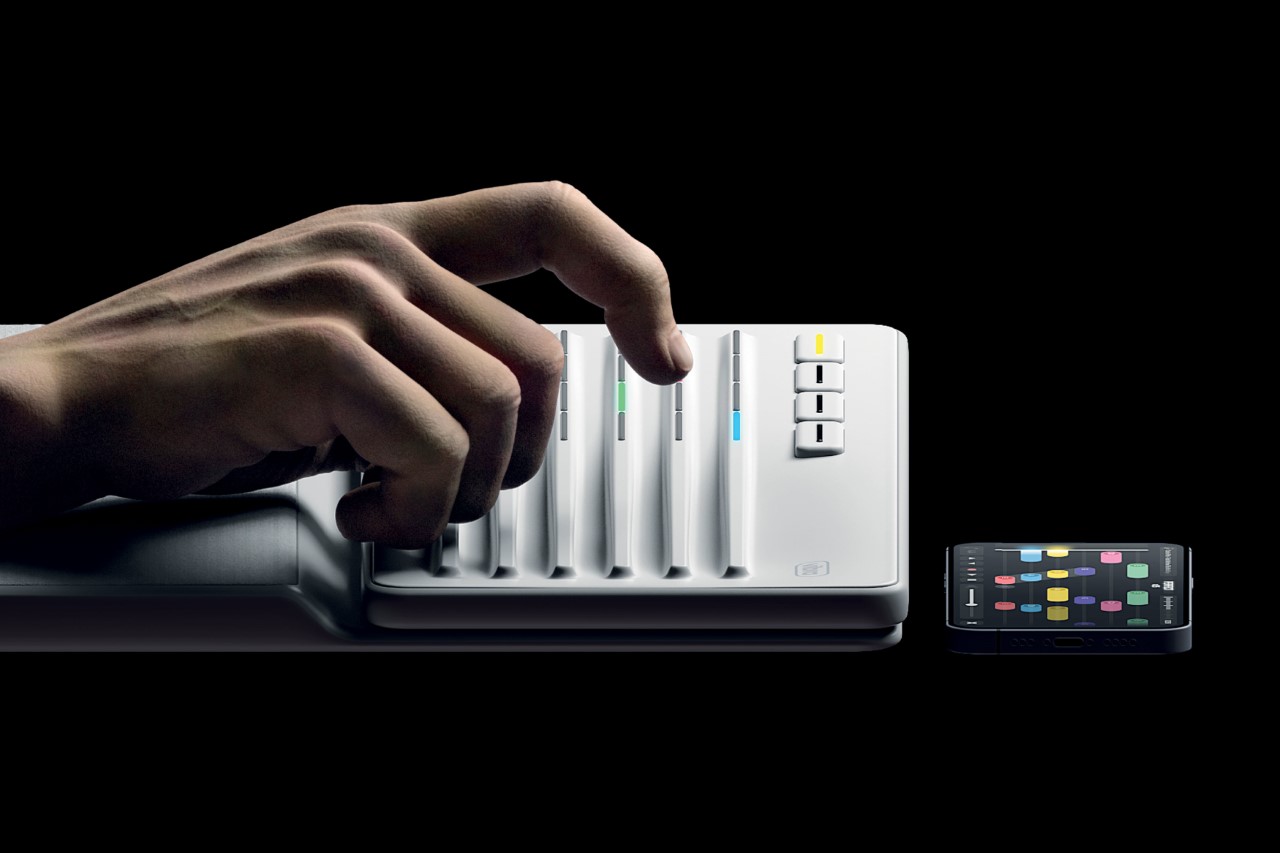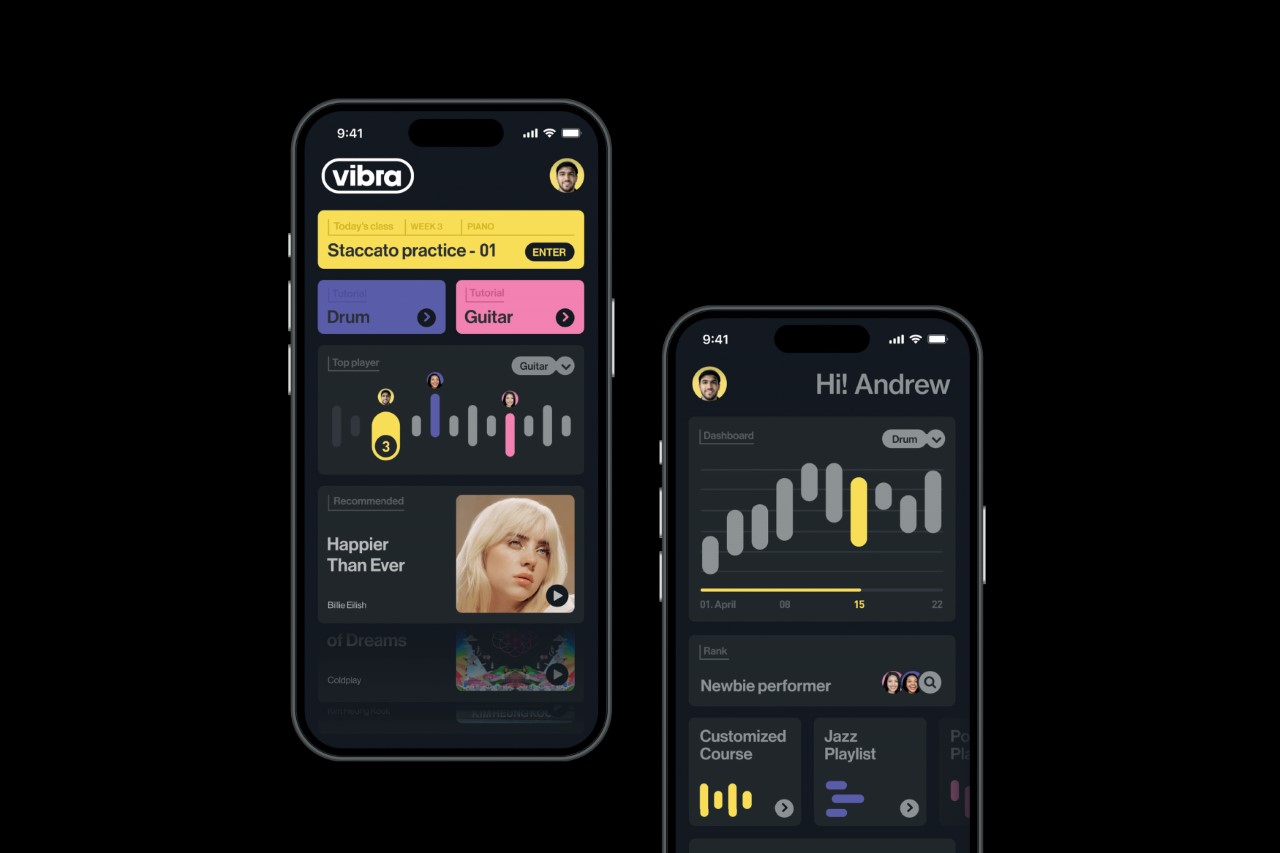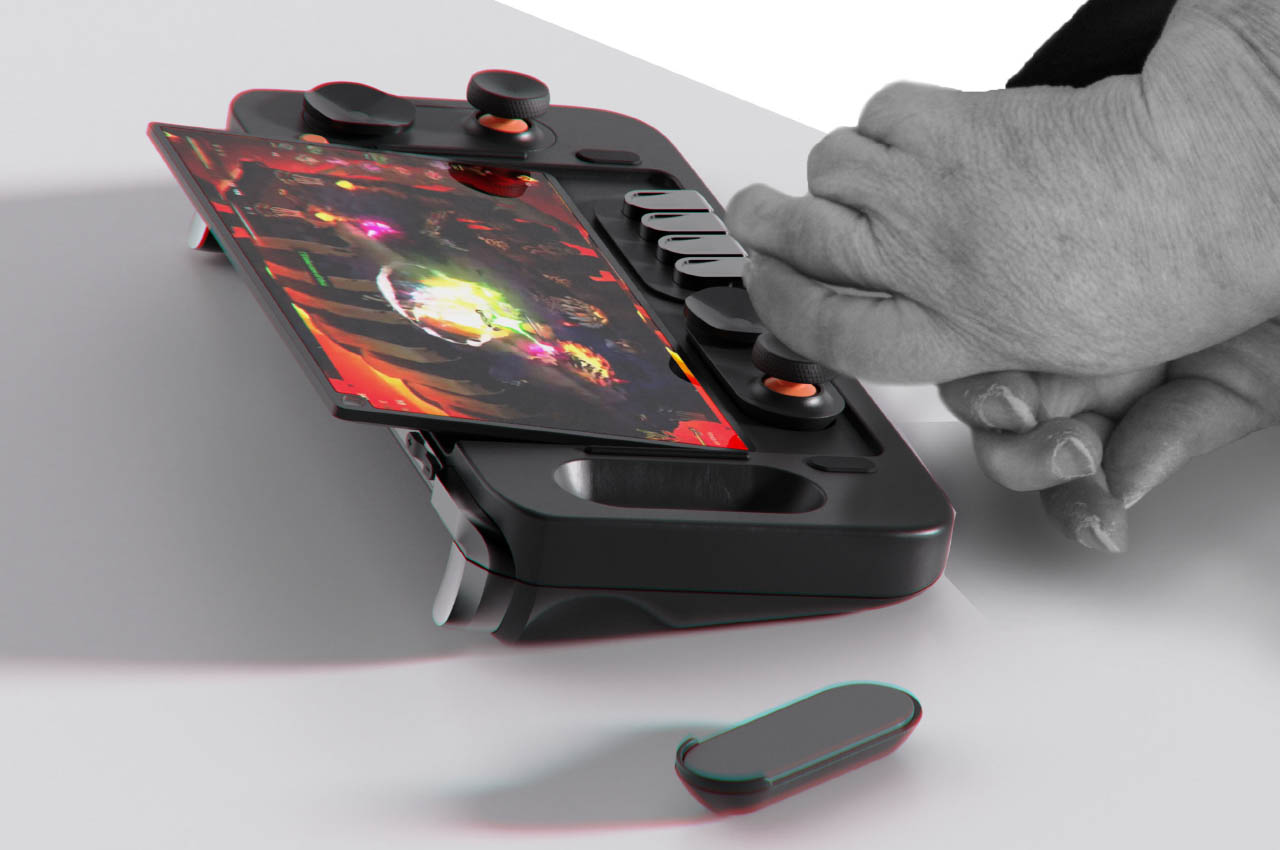
Gaming controllers are primarily designed keeping in mind the needs of seasoned gamers who have razor-sharp reflexes and blazing reaction times. Most of the mainstream controllers don’t factor in the needs of disabled gamers who have accessibility issues. Major manufacturers like Sony and 8BitDo, however, have ventured down this road with the PlayStation 5 Access Controller and Lite SE controller respectively.
Along the same lines, this Windows-based gaming controller concept dubbed Free Play wants to give disabled gamers a level playing field when it comes to playing chart-topping games. The gadget achieves this without compromising on the form factor a normal gamepad relies on. Therefore, normal gamers can also use it without any problem.
Designer: Aiden Schutte

The intended dual functionality of the gaming controller is achieved with modular control pods that can be placed around the console. With the rise in popularity of handheld gaming consoles, attention towards accessible controllers for the disabled is imminent. The design proposed here employs the modular buttons that settle inside the metal body and the ergonomic grips having flat surfaces as the viable solution. So, one can easily swap the D-Pad buttons to reside on the front rather than the sides. Customized sticks can be attached to the controller if the disabled gamer has problems holding on to the joystick with the thumb.


To keep it simple, the modular gaming controller has multiple configurations to play depending on the comfort level of the disabled person. Whether it’s using the controller with just one hand or situations where dexterity is not an option. Aiden has designed the bottom to be flat so that people with dexterity issues can easily lift the gadget from the surface. In addition to the buttons you would find on any normal controller, this one has tactile touchpoints to navigate controls. These tactile touchpoints can be placed at the back of the console or on the front. The size of all the buttons and triggers has been intentionally kept large for easier presses and navigation.
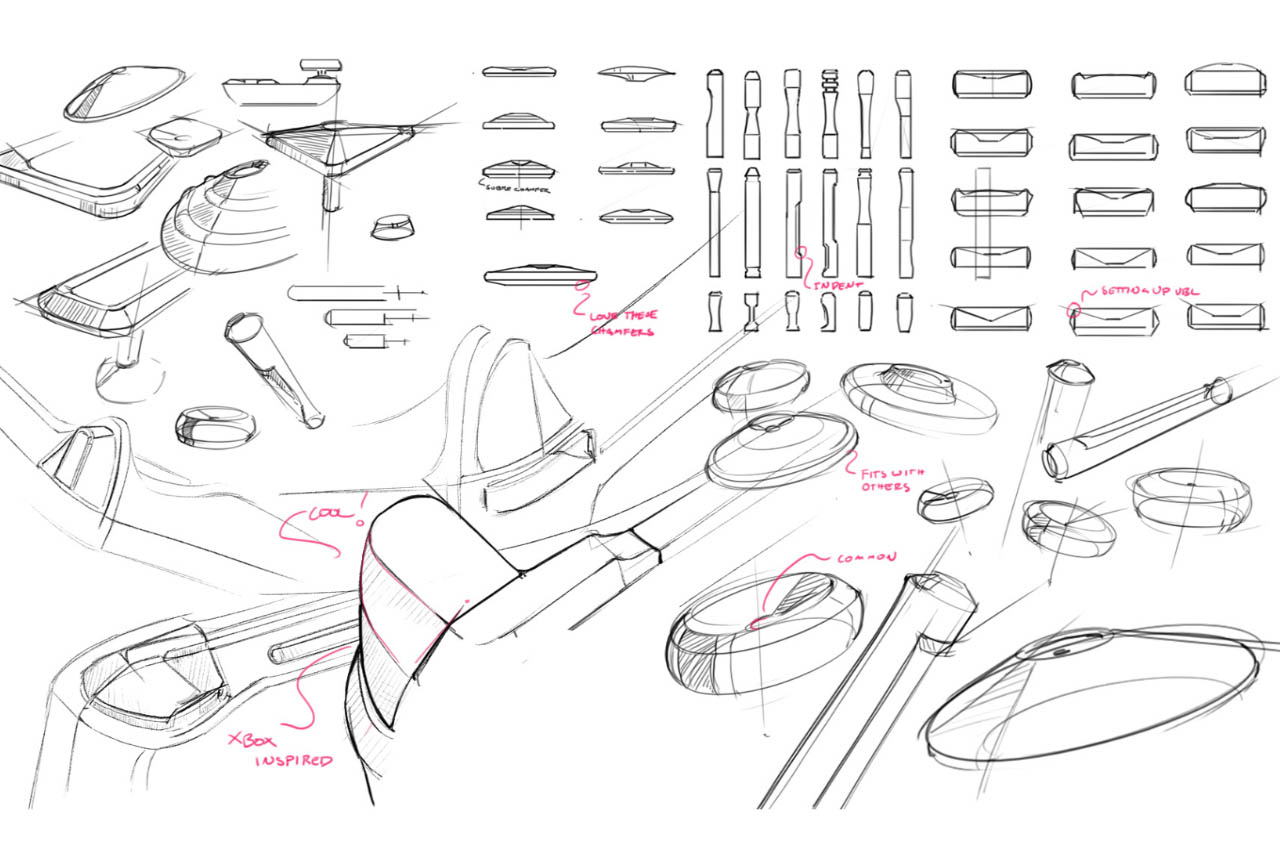

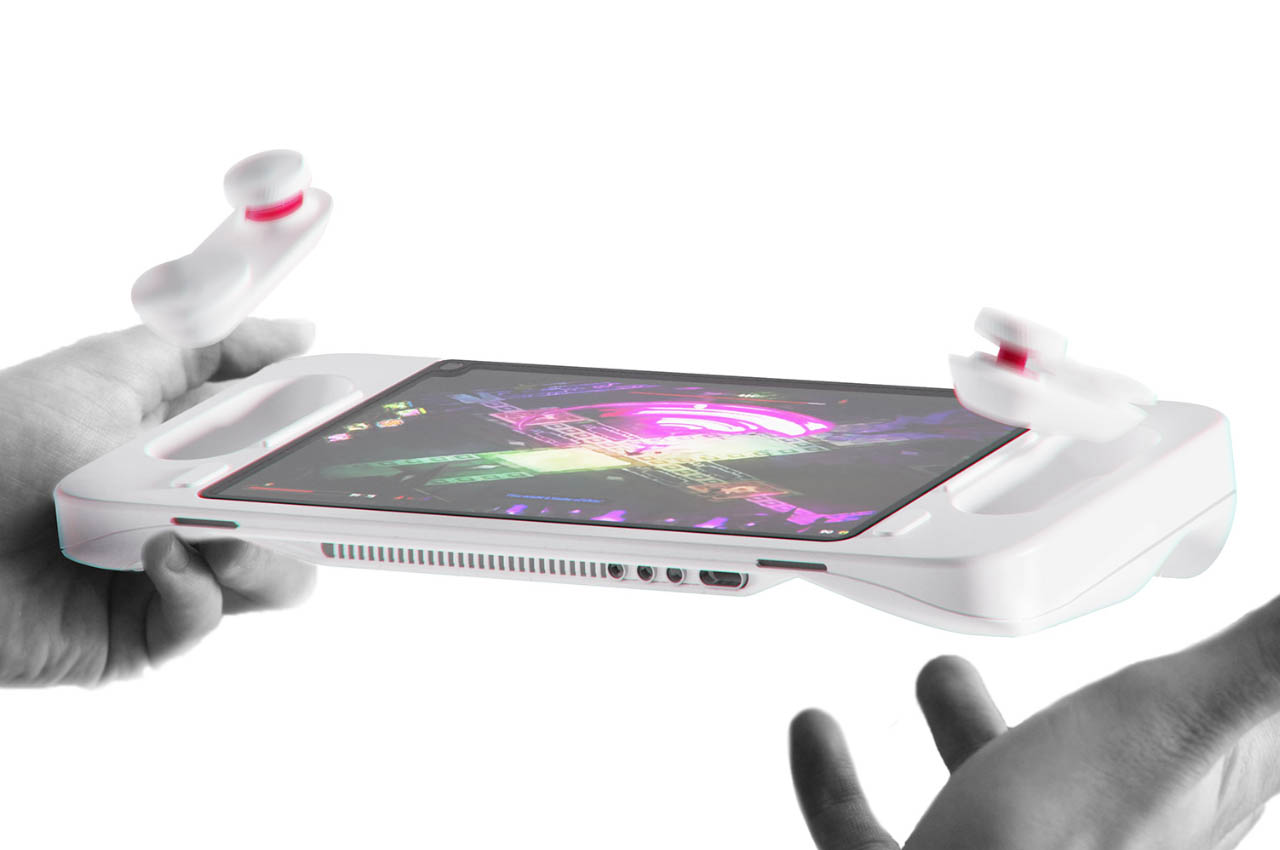
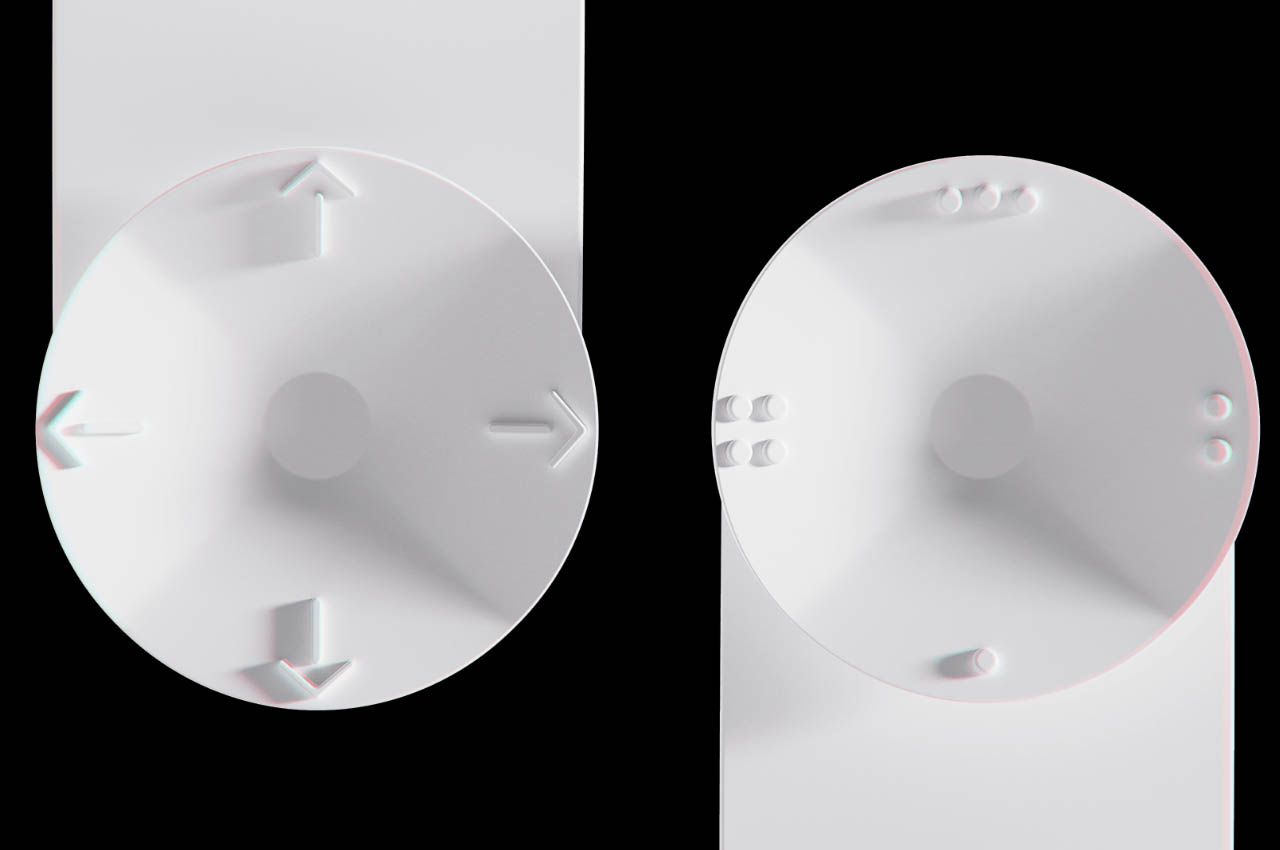


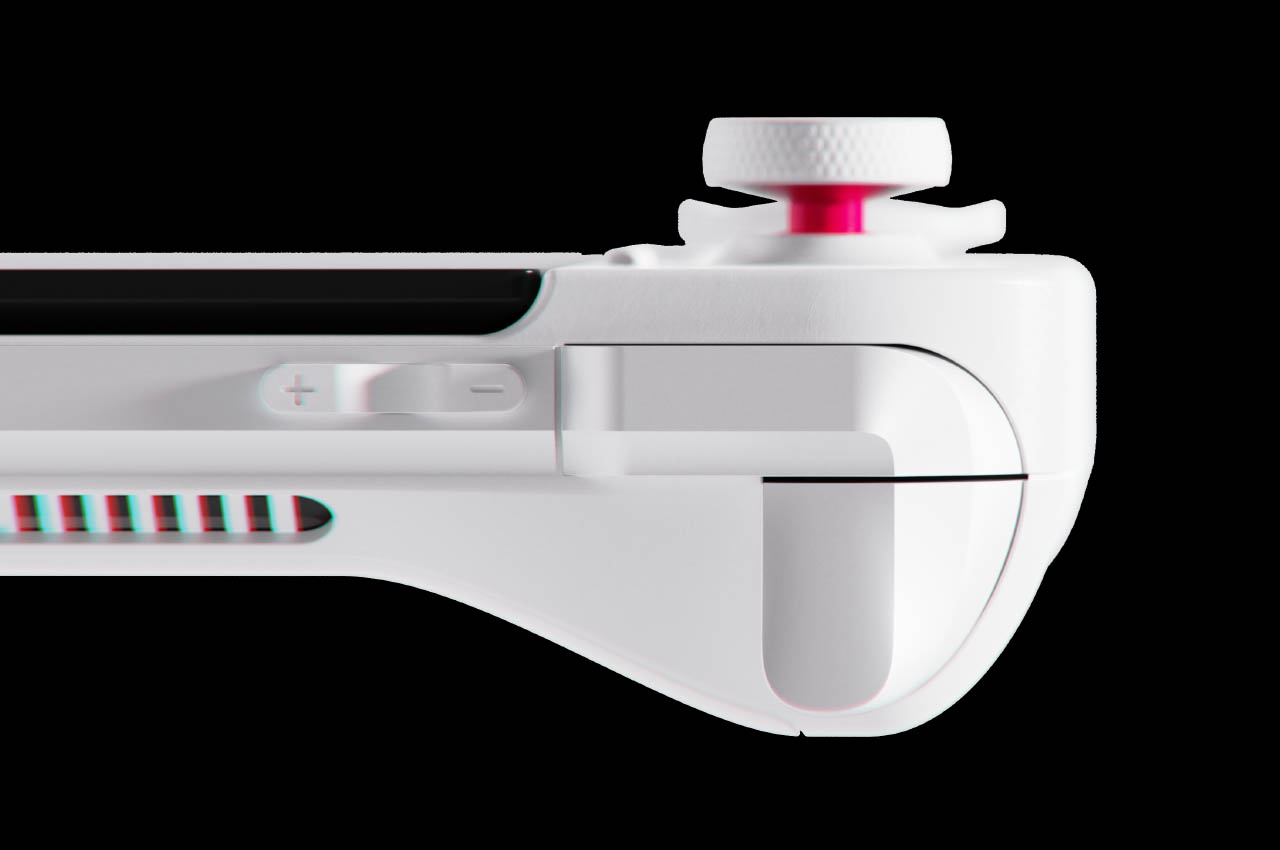

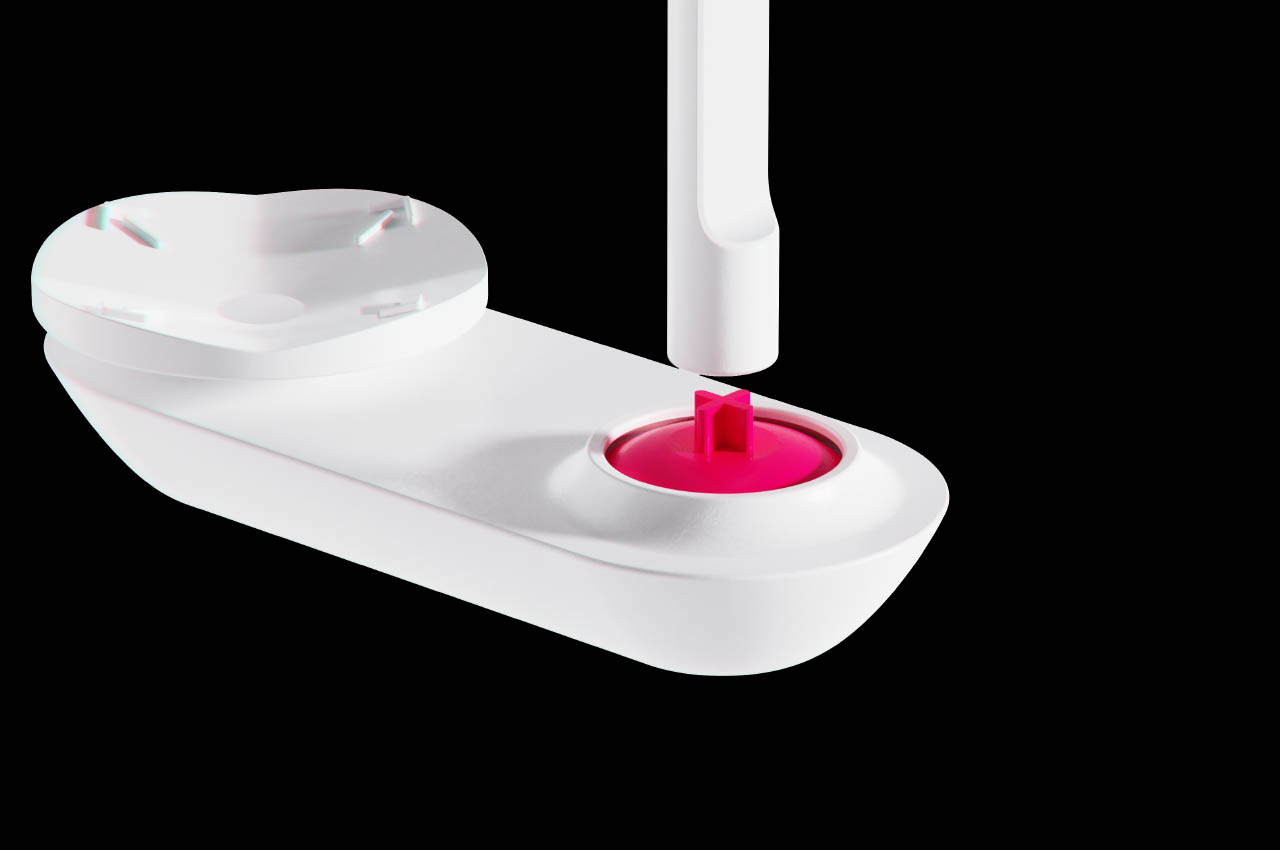
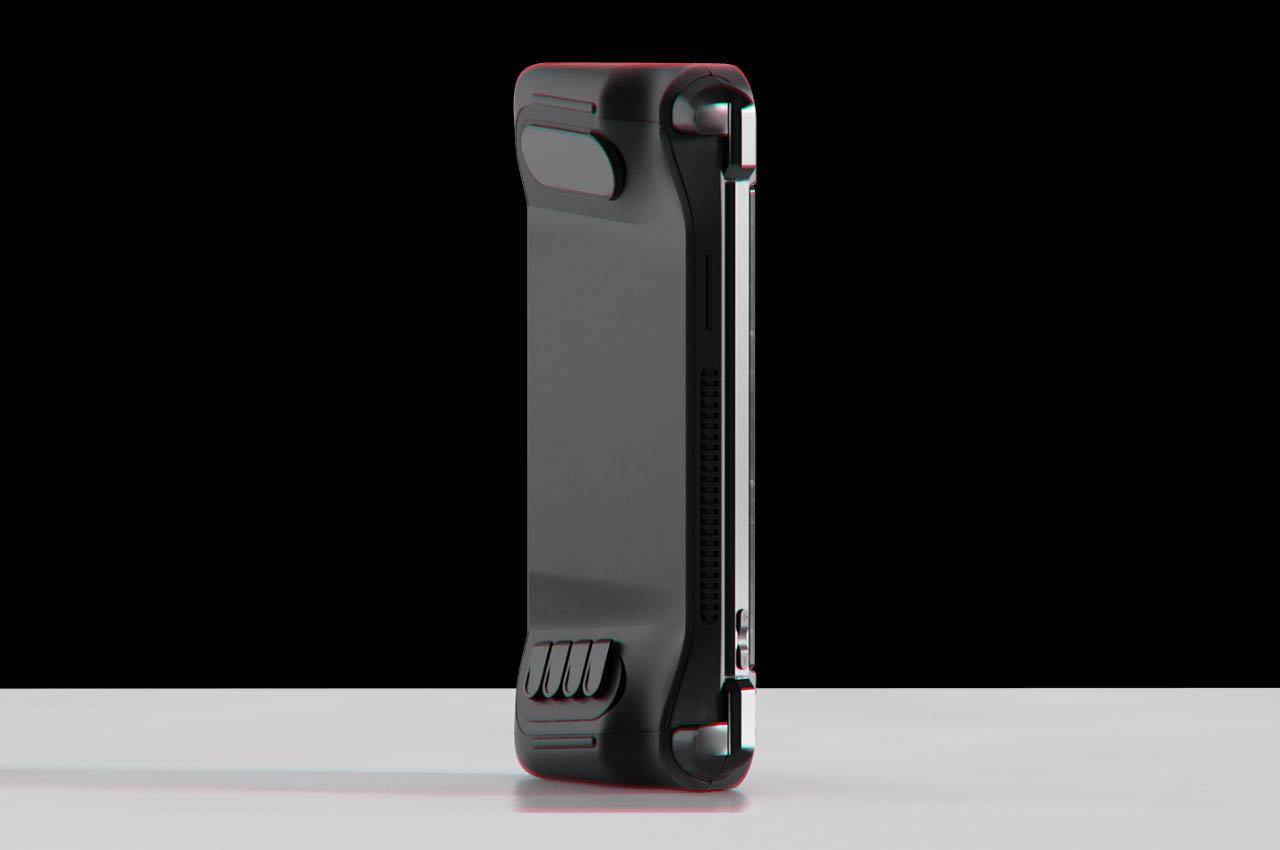

The post This handheld console for disabled gamers has modular control pods for better ergonomics first appeared on Yanko Design.
